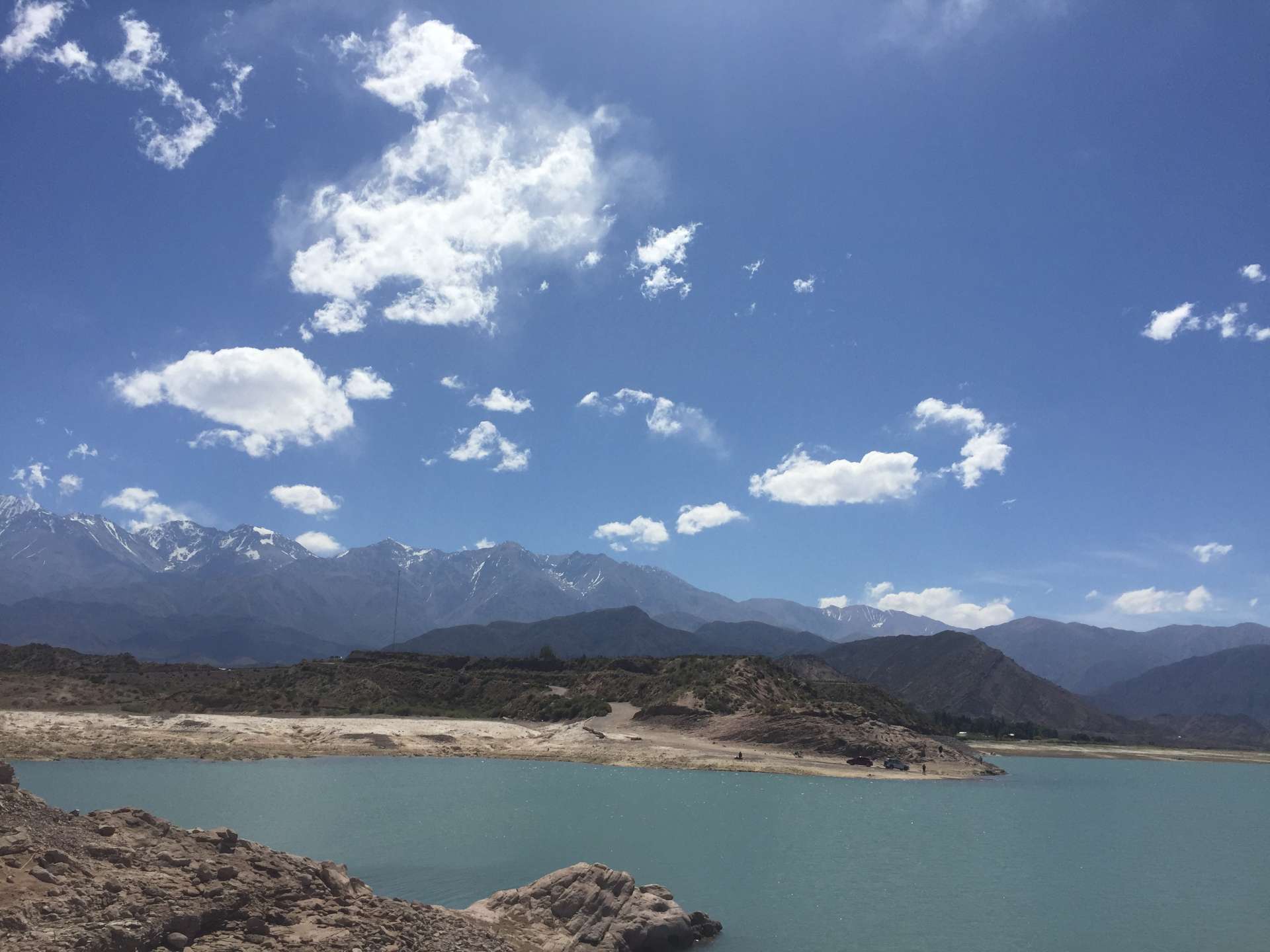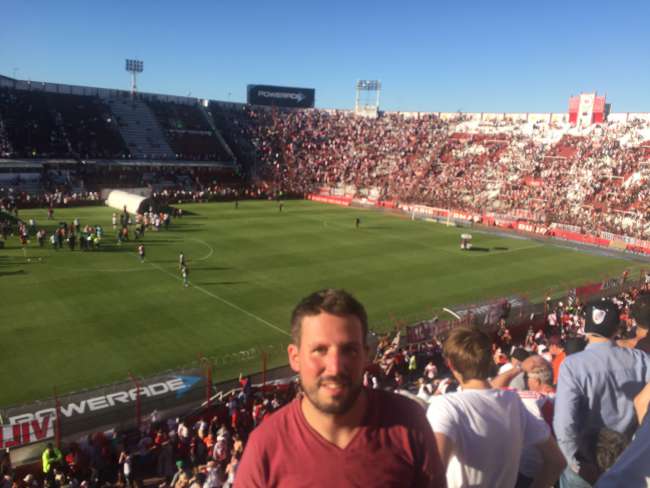Thank you Bolivia - Hello Peru! Titicaca Lake and Colca Canyon!
Publicatu: 09.12.2016
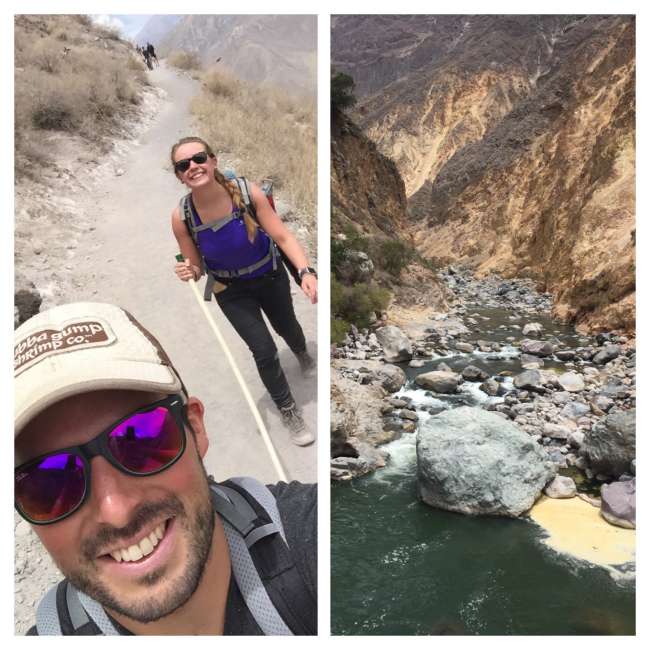
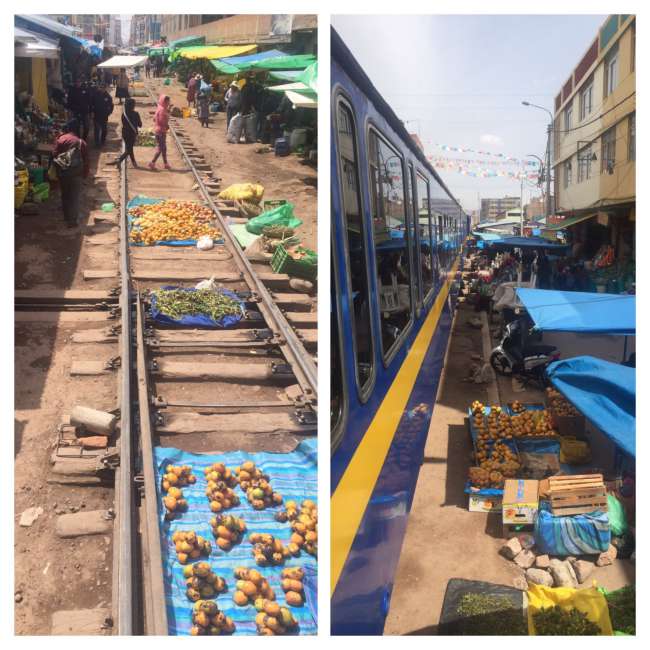
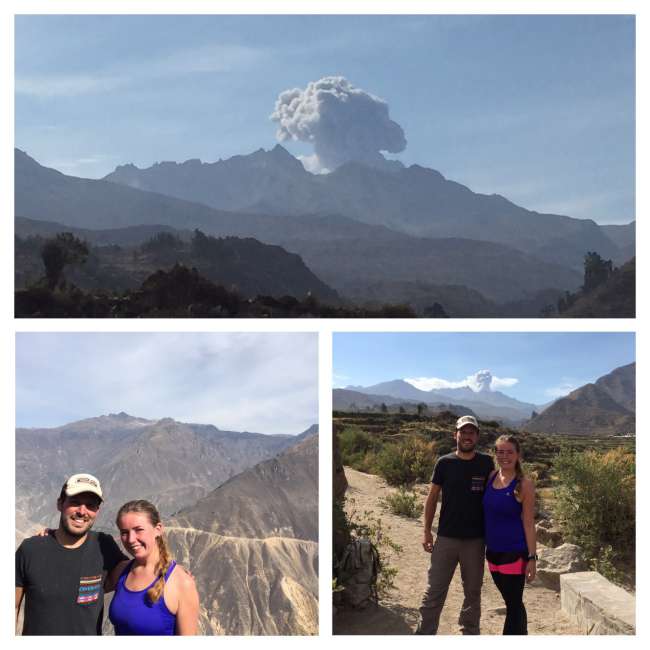
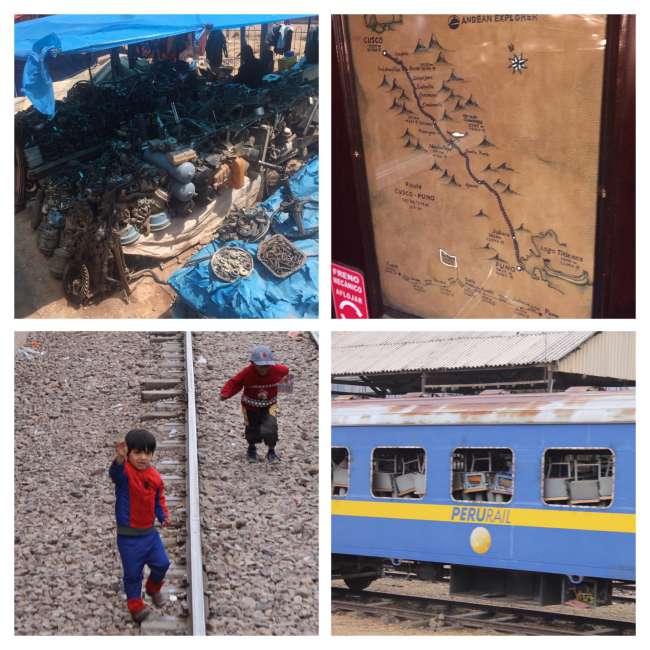
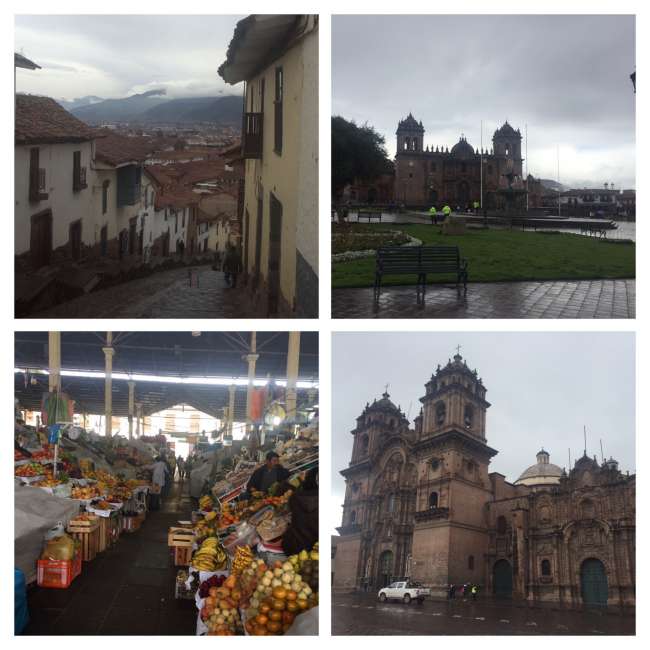
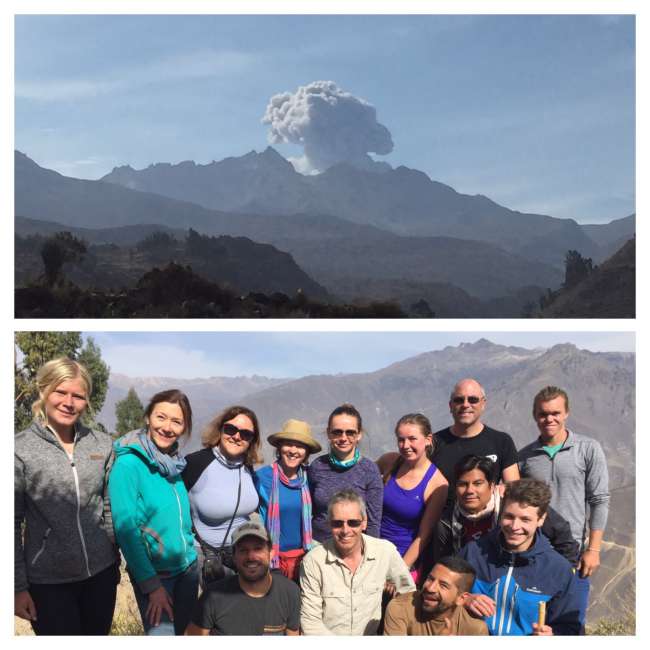
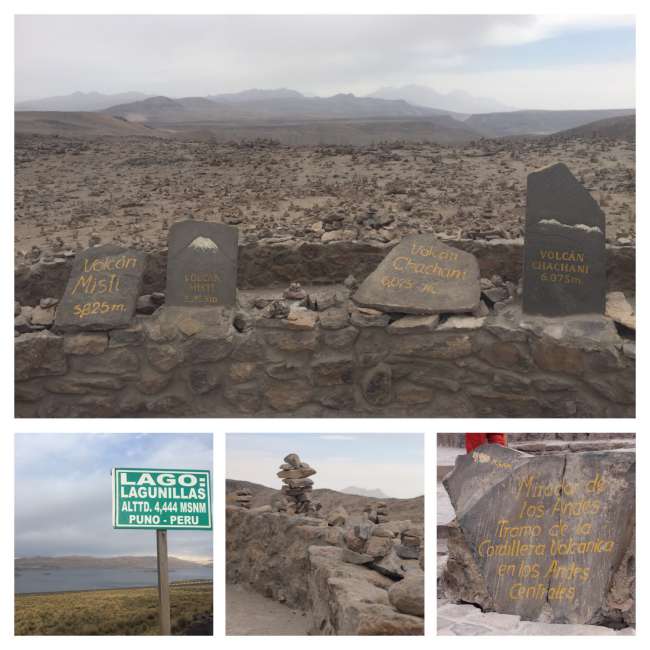
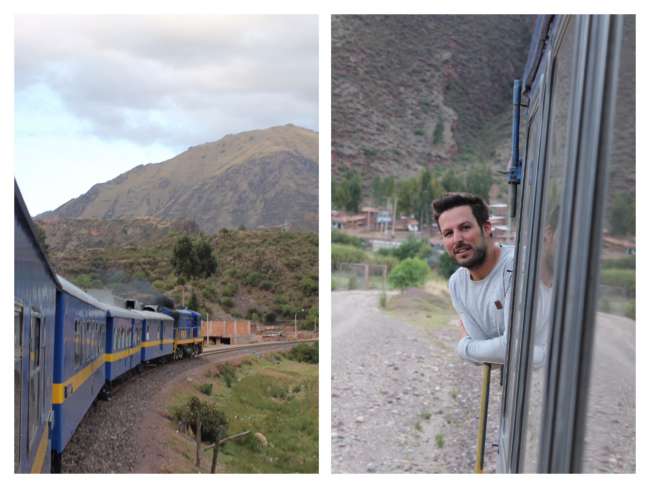
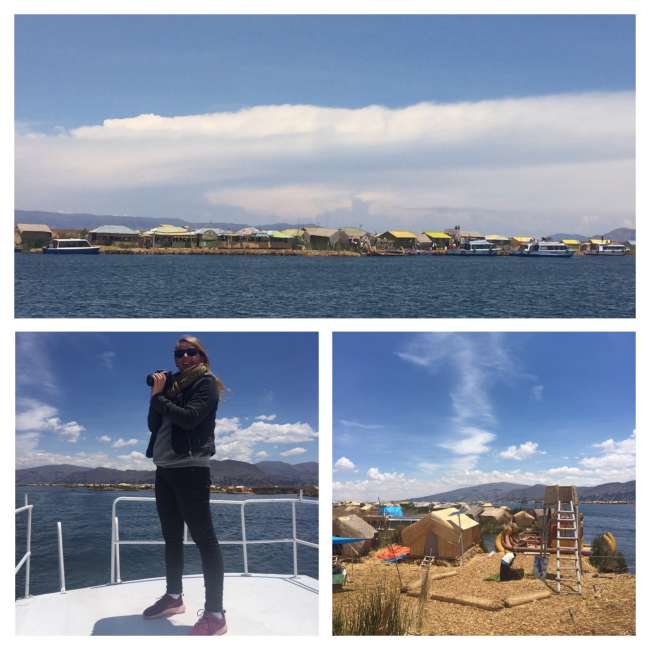
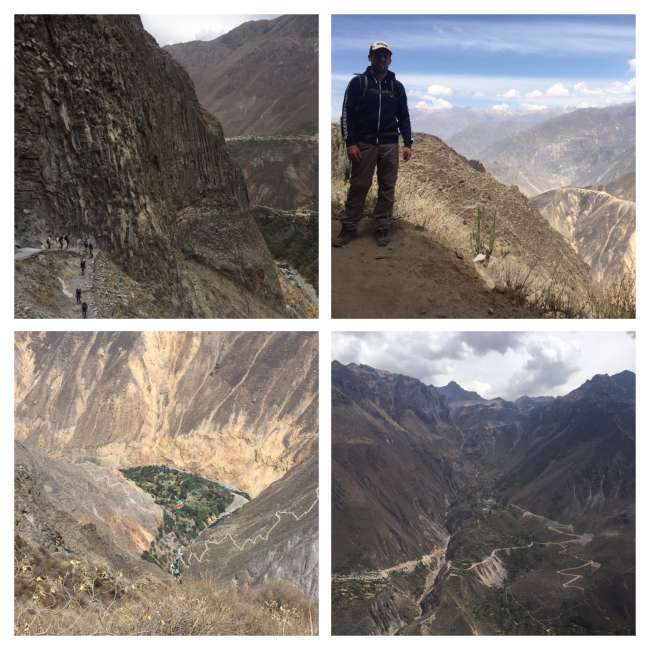
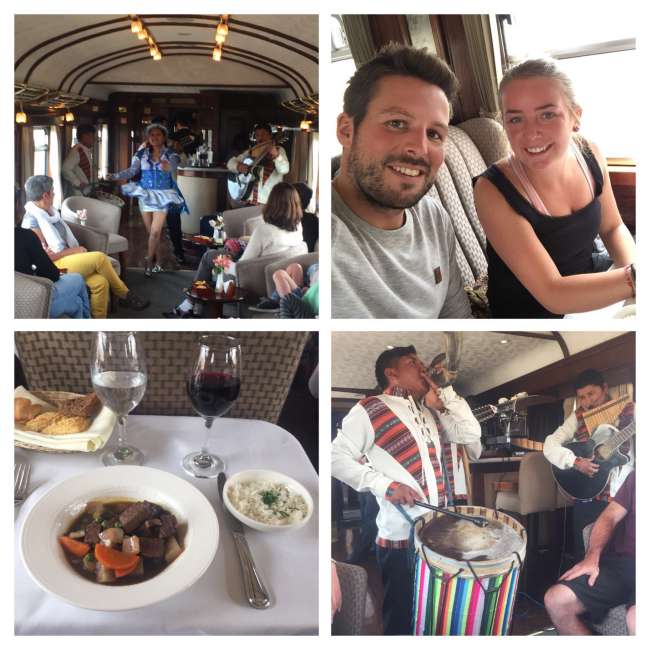
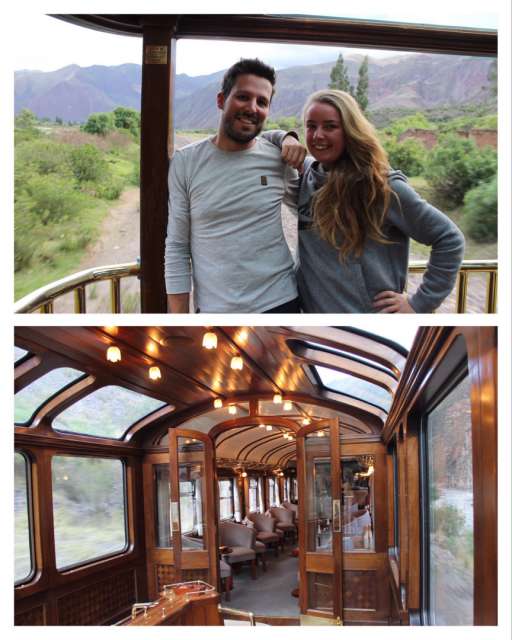
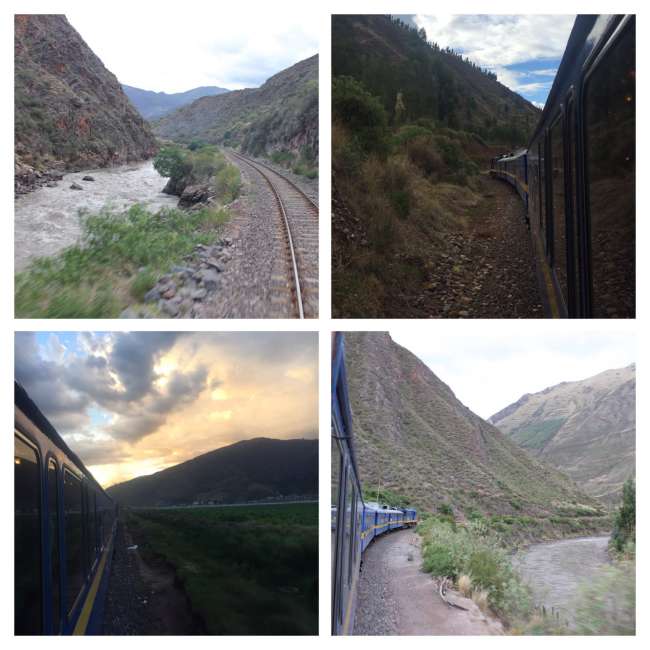
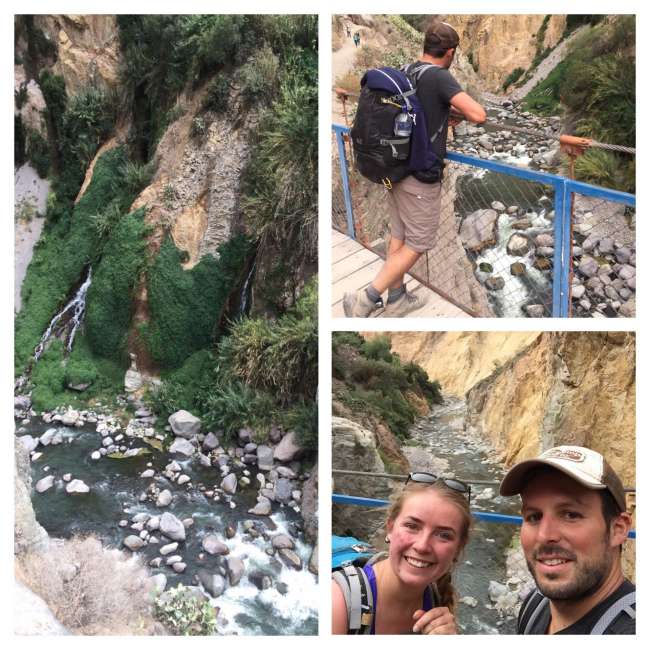
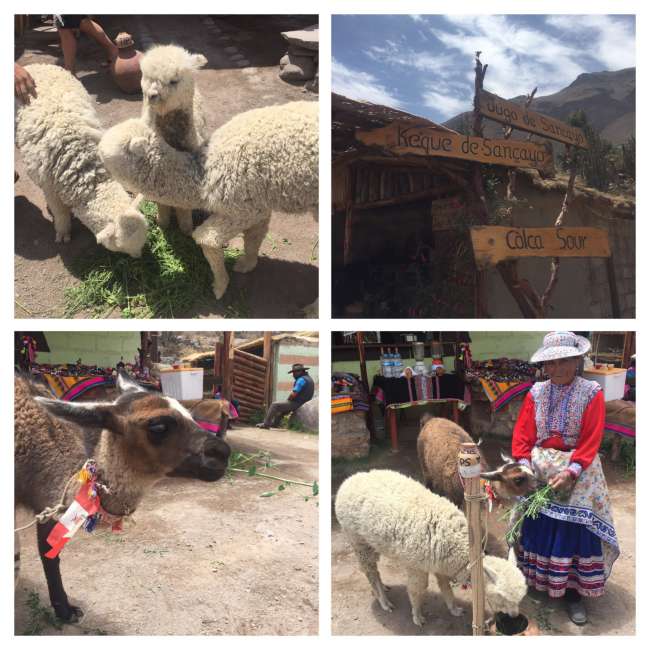
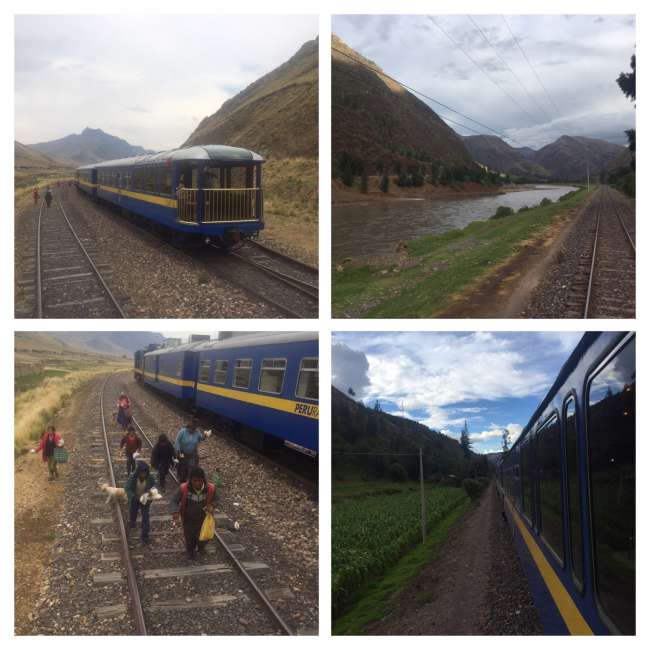
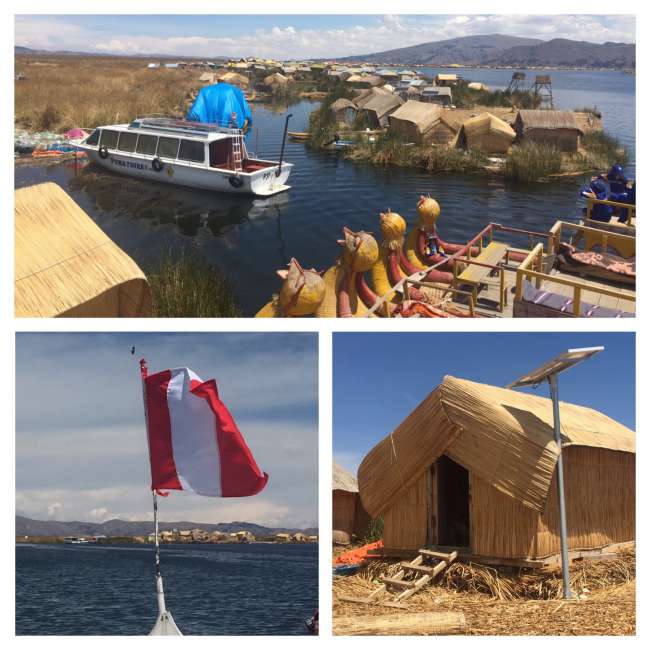
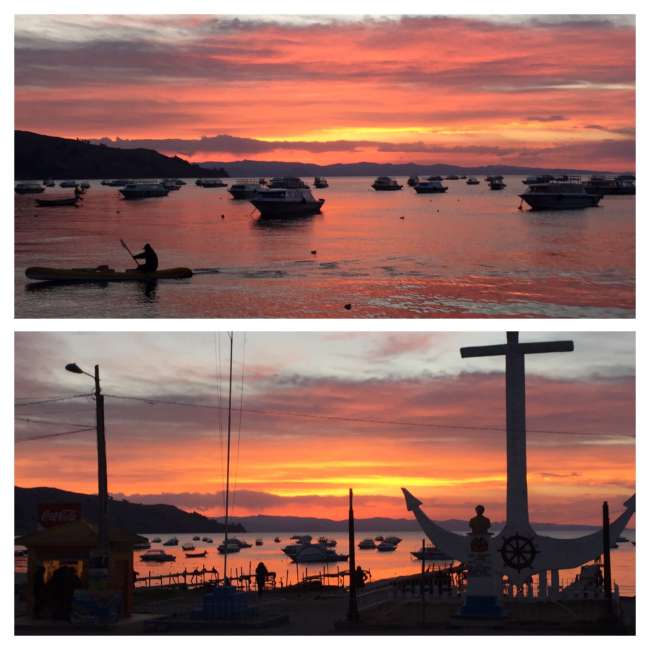
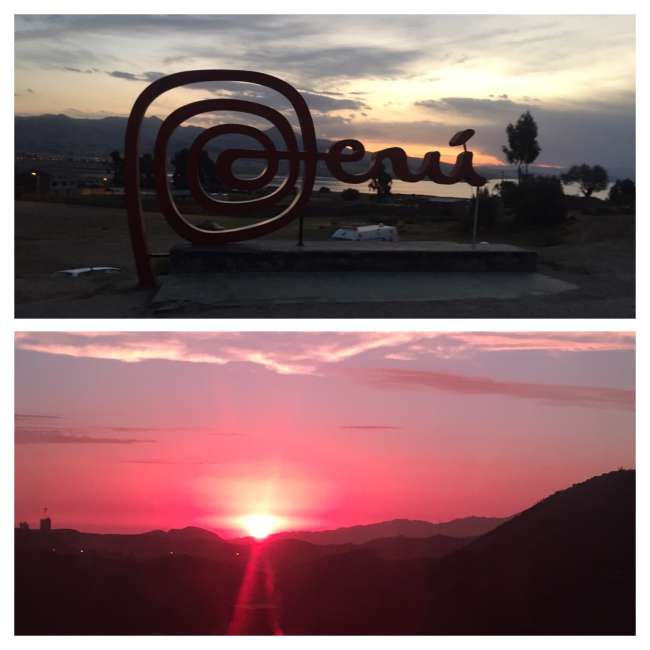
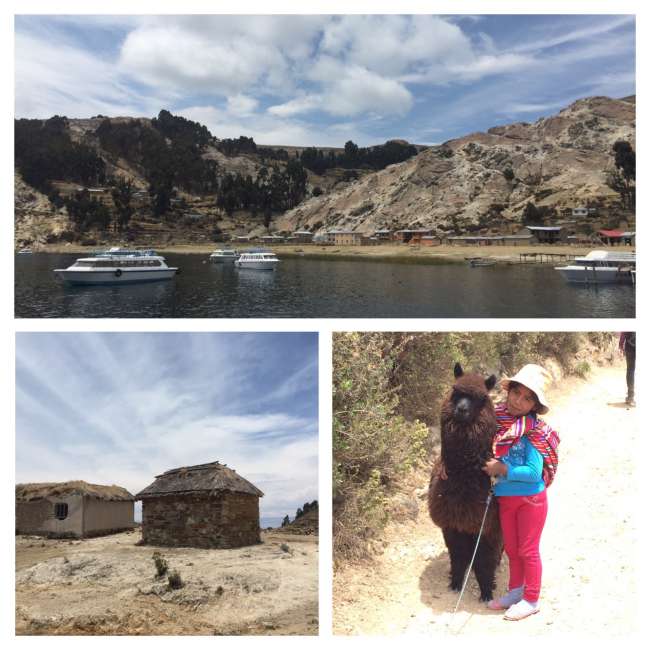
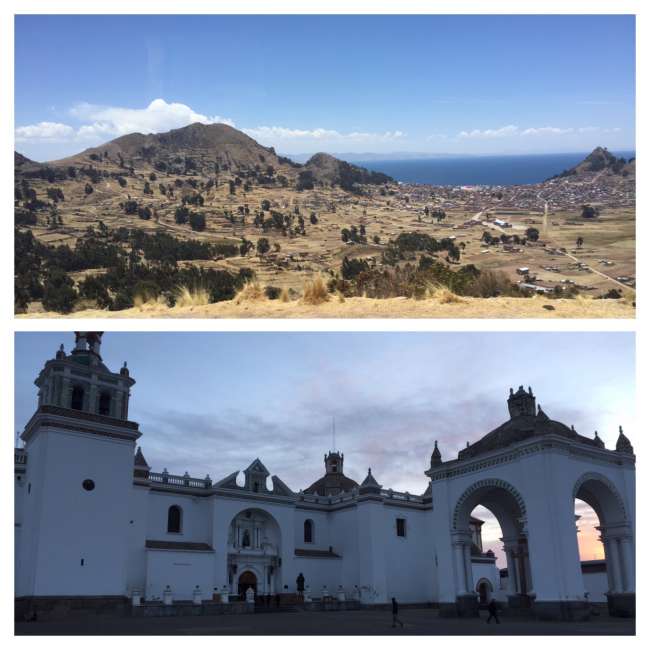
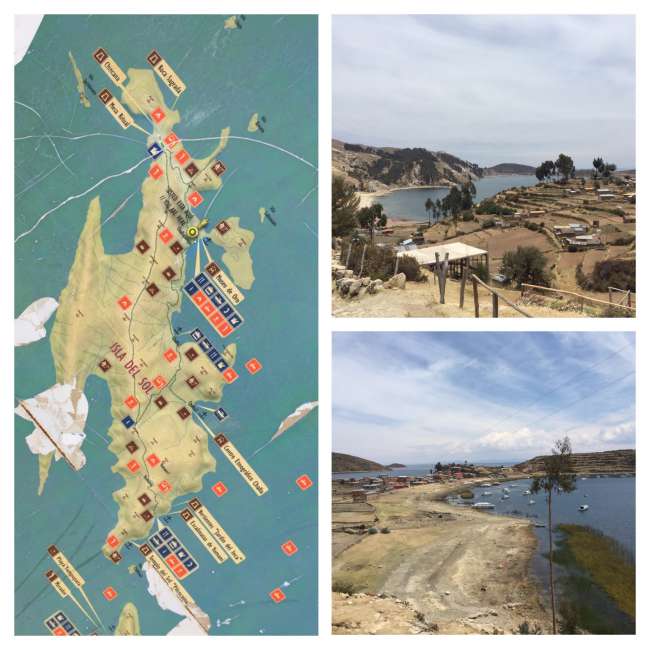
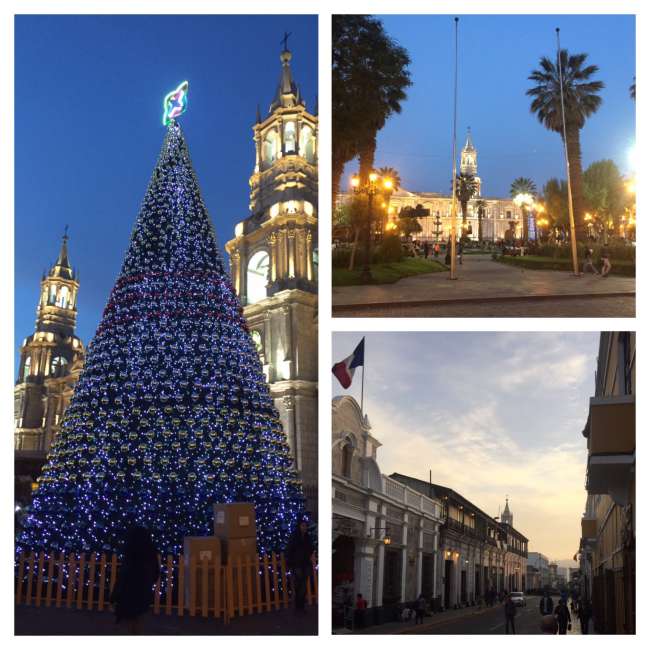
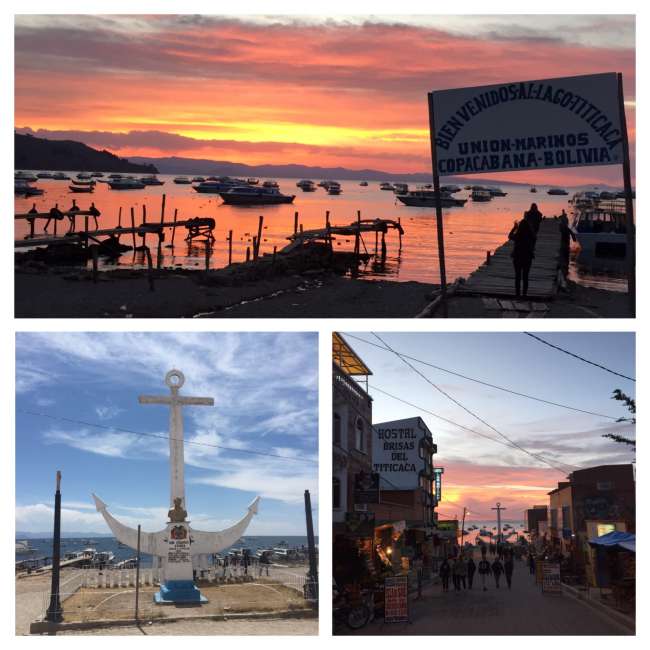
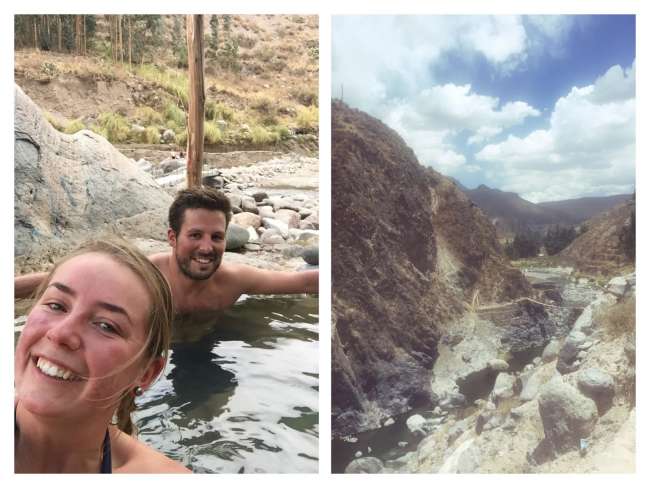
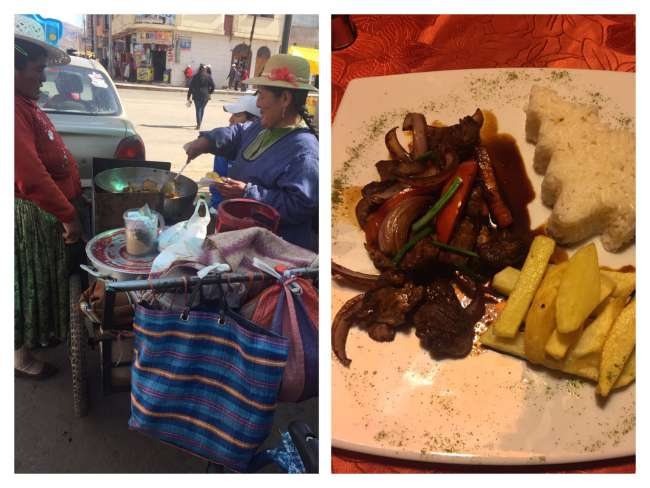
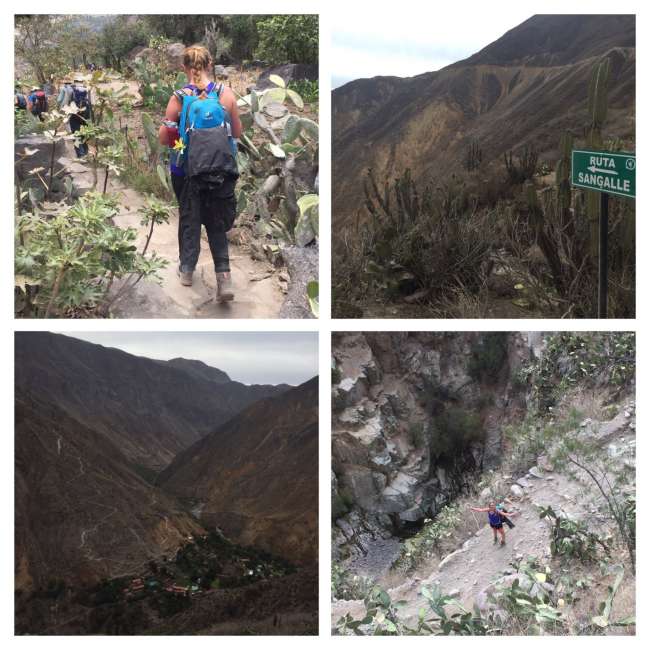
Abbonate à Newsletter
Early in the morning, I took a comfortable bus for little money towards Lake Titicaca. The journey lasted about 3.5 hours, with a ferry ride for the bus and a boat ride for the passengers at the end.
I arrived in the small town of Copacabana directly on Lake Titicaca. It is considered a pilgrimage site for locals. The famous pilgrimage church 'Virgen de Copacabana' can be reached on foot.

Copacabana, as well as Lake Titicaca, is located at an altitude of 3800 m. That is the main reason why the water temperature is only 8-10 degrees.
The town has two main streets. One runs parallel to the lakeshore as a main road, where all buses depart. The other crosses this road and leads to the lakeshore. Here you will find many stalls, small food stands, restaurants with great views of the lake, and numerous agencies that offer trips to the Isla del Sol, Isla de la Luna, or buses to Puno, Cusco, or La Paz.
Furthermore, at the end of the road right on the lakeshore, there is an oversized anchor!
In the evening, the restaurants are very crowded here as you can perfectly watch the sunset.
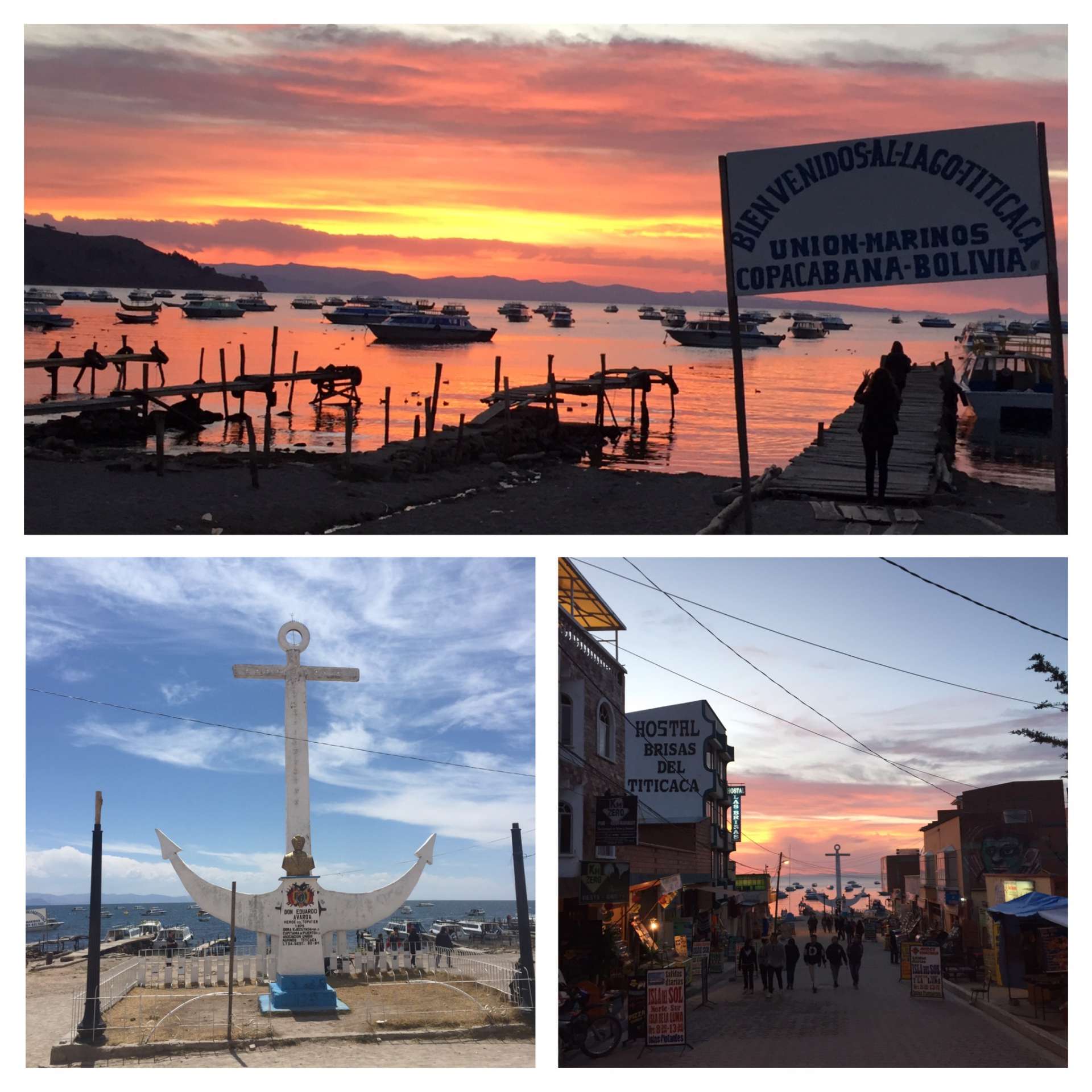
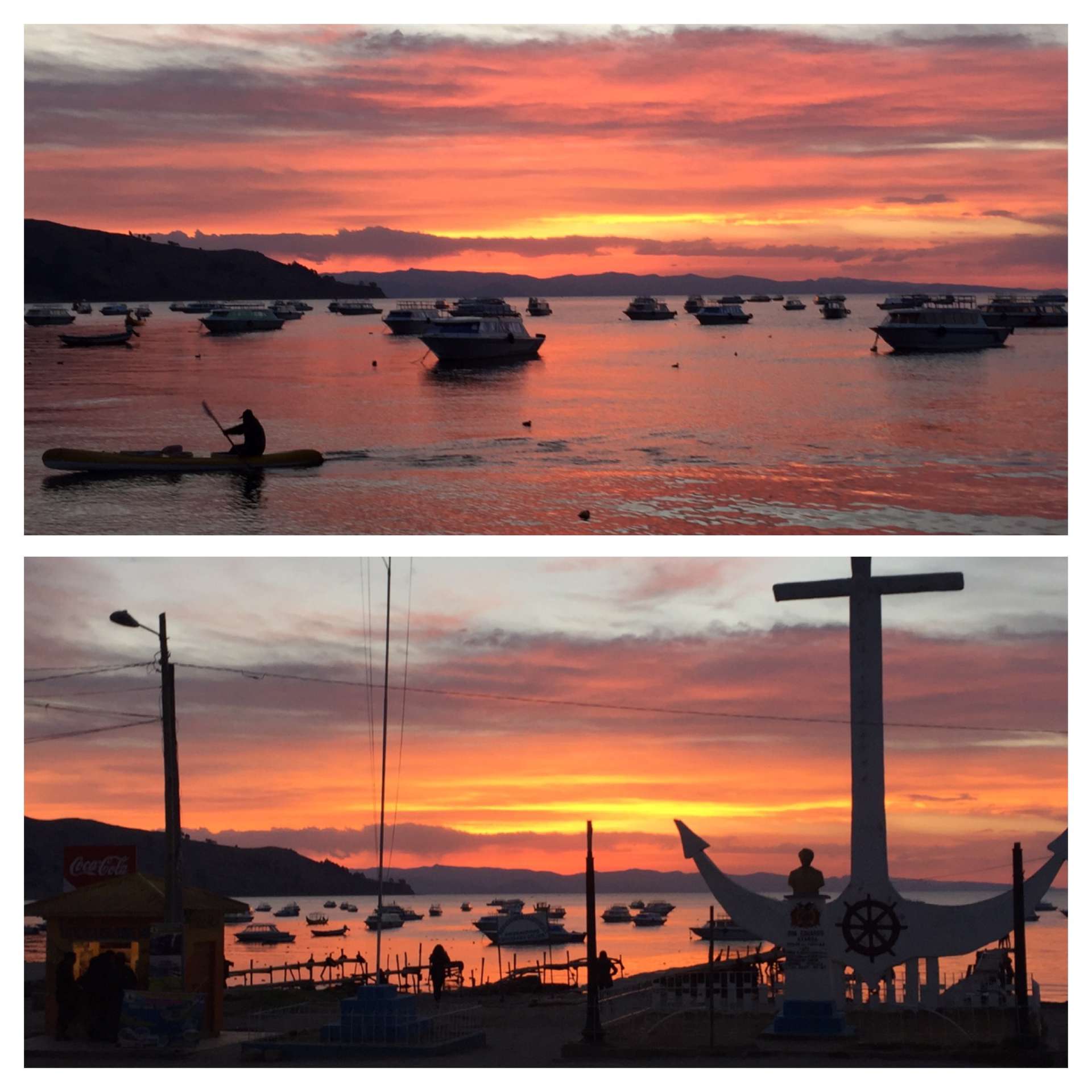
On the second day, I wanted to take a trip to the Sun Island 'Isla del Sol'.
However, I did not book through one of the agencies, but bought my ticket directly from the boat owners in order to avoid the commission charged by the providers.
The boat set off at 8:30 am and headed for the village of Cha'llapampa in the north of the island. Departure from the south of the island was scheduled for 4:00 pm. So there was plenty of time to explore the island. Many excursionists also stay overnight on the island, as there are numerous accommodations at the boat docks in the north and south. However, you should only bring the essentials with you to the island, as there is a steep climb from the boat dock before reaching the accommodations.
At the departure, the sky is pitch black and numerous lightning flashes can be seen in the distance. It could be an eventful trip.
However, the clouds quickly clear up during the 2-hour journey, and before arrival, the boat deck is invaded as the sun has fully charged itself. This is a great opportunity to strike up conversations with other travelers. I start my hike with 2 girls from the Black Forest. But first, the fee of 15 Bolivianos (1 € = 7.3 Bolivianos) for entering the northern part of the island is collected.
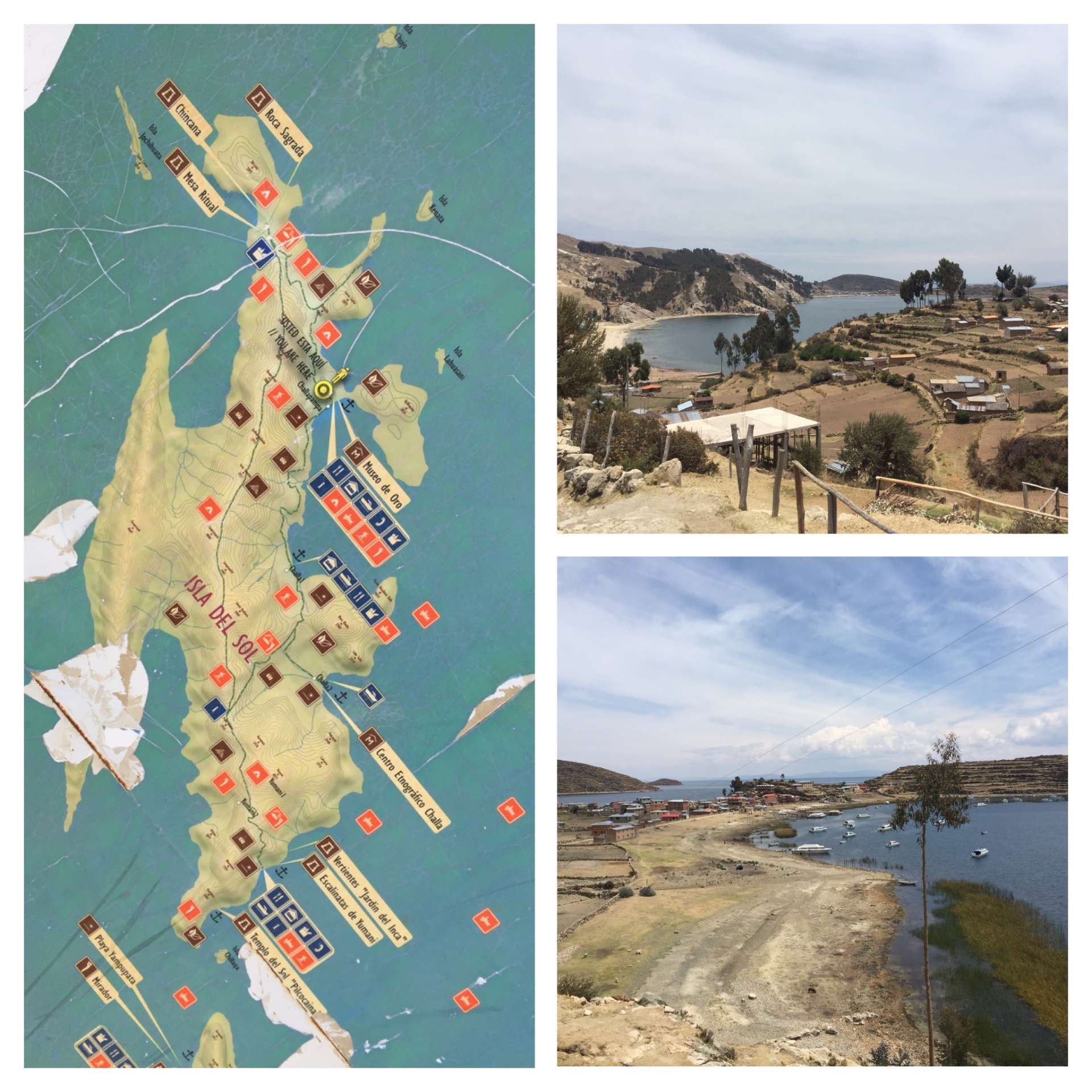
There are 2 different routes to hike from north to south. The longer route passes by a museum and ancient ruins on the west side of the island. We decide to take the route along the coast on the east side.
The hike is very pleasant, also because of the good company. To my horror, the girls don't know the classic song that has been playing in my head since we set foot on the island. So, I couldn't resist singing it. At least more or less. 'The little birds, the little birds from Lake Titicaca....'!
We go up and down several mountains. But with plenty of hydration, everything is fine. We pass through the small town of Cha'lla, where children play in the cold water on the small but fine sandy beach. Considering the water temperature of 8 degrees.
The onion layer principle applies again while hiking. Warmly wrapped in my fleece jacket on the boat, it is now getting really warm. With no wind, it feels like at least 30-35 degrees.
Forgetting to apply sunscreen to my forehead proves to be a big mistake and gives me an insanely severe sunburn. Unfortunately, I noticed it too late.

After about 3 hours, we reach the town of Yumani, located at an altitude of 4065 m. From here, we just have to go downhill to the boat dock.
Once we arrive, we rest for a while before heading back.
The island is definitely worth a visit. It has a beautiful landscape, llamas, alpacas, and a great view of the lake and the snow-covered Andes in the hinterland.
Upon reaching the shore, we go to the hostel to pick up our luggage. The bus to Peru leaves at 6:30 pm.
On the bus, I meet a 'familiar face' from La Paz, who also has the seat next to me. A Swiss guy from the French-speaking side of the country, specifically from Geneva. Interesting topics of conversation make time fly by. Among them, fan scenes in Germany and Switzerland, as he is very active in Servette.
His strong dislike for Fribourg and Metz is almost systematic.
For those who only understand Spanish, let's continue ;-)
In the 'Semi Cama' bus, which means that the seats can be reclined to 140°, we start our journey.
'Cama' is the more expensive option, but it is not available for such short distances. In those buses, the seats can be reclined to 160°. The 'Cama-Suite', reclining to 180°, is even better.
First, we stop at the border, which is only a few minutes away. Exit stamp on the Bolivian side, walk across to Peru, get the entry stamp, and off we go! That's what I call smooth.

Shortly before Puno, the destination of my bus ride, a powerful storm approaches. Due to the evening cold, instead of rain, snow falls, which lingers for a while. The town is located on the Peruvian side of Lake Titicaca, but it serves only as a stopover on my way to Arequipa.
My seatmate, Michael, prefers to take the night bus from Puno to Arequipa, arriving there at 3 am.
I stay overnight in Puno for little money to take the bus to Arequipa the next day. But as we quickly realized, we had chosen the same hostel.
So, the reunion took place the very next evening.
Arequipa is the second-largest city in Peru and is located 1000 km southeast of the capital Lima.
The city, located at an altitude of 2335 m, is at the foot of its house volcano Misti, which is 5822 m high and can also be climbed. Also not far away is the Chachani Volcano, which is 6075 m high and is considered one of the easiest mountains to climb, as the starting point is at 5300 m. It is considered technically easy to climb, and only in the upper part are crampons necessary. However, this mountain should only be climbed by strong and acclimatized climbers.
Out of the 401 volcanoes that Peru has, 167 are located in the area around Arequipa, of which 10 are still active or currently active.
In addition, the city is only 70 kilometers as the crow flies from the Pacific Ocean.
It serves as a very popular starting point for numerous excursions, as the surrounding area consists of many green oases, stunning mountain landscapes, and traditional Inca villages.
In the center is the 'Plaza de Armas'. There is probably no city or larger place in South America that does not have a square with this name.
However, the most beautiful one I have seen, and probably one of the most beautiful in general, is located in Arequipa. A beautiful square with numerous palm trees, surrounded by beautiful two-story colonial buildings and a beautiful cathedral. The arcades around the square are also very attractive. Here you will find the agencies and tour operators for all the sights and excursions. In addition, there is a giant Christmas tree in front of the cathedral.
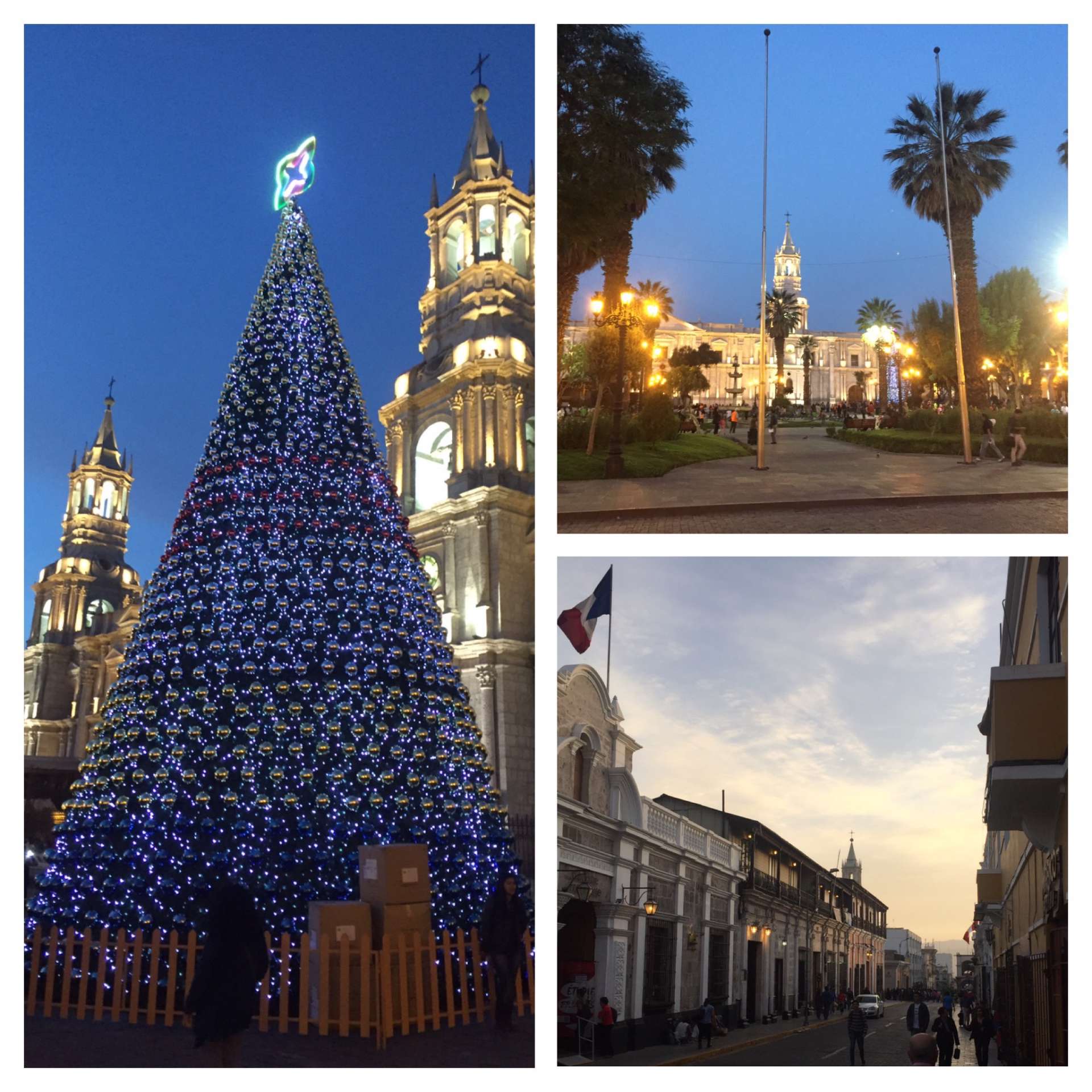
A day after my arrival in Arequipa, Eva from the cold homeland joined me, and we traveled together for the next two weeks. Arequipa also showed Eva its best side right away. 30 degrees! Perfect!
Since we were staying in a party hostel, we celebrated the first day with numerous Dutch, French, and even a Luxembourger. First at the pool bar, later at the hostel bar.
The following day, we inquired about a trip. We wanted to hike the Colca Valley in a two-day tour. One day descending, staying in the valley overnight, and hiking back up the other day.
The impressive thing is that the Colca Canyon is 3400 m deep from the highest surrounding mountain peak to the bottom! It completely outshines the Grand Canyon. The Colca River has carved such a deep gorge over millions of years.
Various fruits and vegetables grow on the terraced mountain slopes.
In addition, the area is known for the fact that from the viewpoint 'Cruz del Cóndor', as the name suggests, you can observe free-flying condors.
We chose a provider that seemed sympathetic to us, was recommended by other backpackers, and was still affordable. We paid 100 Peruvian SOL (1 € = 3.6 SOL) for the tour. Less than 30 € for an English-speaking guide, breakfast twice, lunch twice, dinner once, and one night of accommodation. Perfect! Because the top providers charge four times as much.
The alarm clock rang at 2:30 am so that we could leave at 3 am. But in South American time, 3 am means 3:40 am. It's beautiful to wait for so long at this hour.
The minibus finally left with 18 people on board.
The first destination was the town of Chivay, 170 km from Arequipa. It took us 3 hours to reach there. We had breakfast there and bought tickets for entry into the national park. (70 SOL)
Then, after another hour of driving, we reached the viewpoint 'Cruz del Cóndor'. We had 45 minutes to search for condors in the valley. We found one condor in the valley, but unfortunately, it was only from a distance.
According to the guide, the population of condors here has unfortunately declined significantly. There are only a few birds of prey left in the Colca Valley. When there is poor updraft and foggy weather, the numerous 'spectators' sometimes don't get to see any condors.
As big as the continent is, I once again met an 'old traveling companion' here - Aussie Tom, with whom I often traveled in La Paz.
Some of the bus passengers had booked the 3-day tour, which includes 2 nights in the valley, so our group consisted of 12 people plus the guide. There were 3 Australians and Poles each, 2 Swedes, and one person each from Switzerland and Peru. Our guide was named Miguel, and luckily, he spoke perfect English.
As it was downhill from the viewpoint to the starting point of our trekking tour from 3600 m to 3300 m, our guide wanted to show off his longboarding skills on the road. He skated faster than the bus. He was absolutely skillful.
But unfortunately, just a few meters before arriving, one of the wheels of his skateboard came loose. It's not so good to skate on only 3 wheels, so he had a fall. Fortunately, he only suffered scrapes on his thighs.
Miguel was tough and started the hike with us as if nothing had happened.

We hiked on uneven terrain, sometimes with large rocks and completely covered with stones. We descended all the way to a large bridge over the 'Rio Colca'. Here, we all met again after 2 hours. However, the first ones had been waiting at the bridge for a good while. The difference in the group's fitness levels and experience with climbing (descents) was significant.

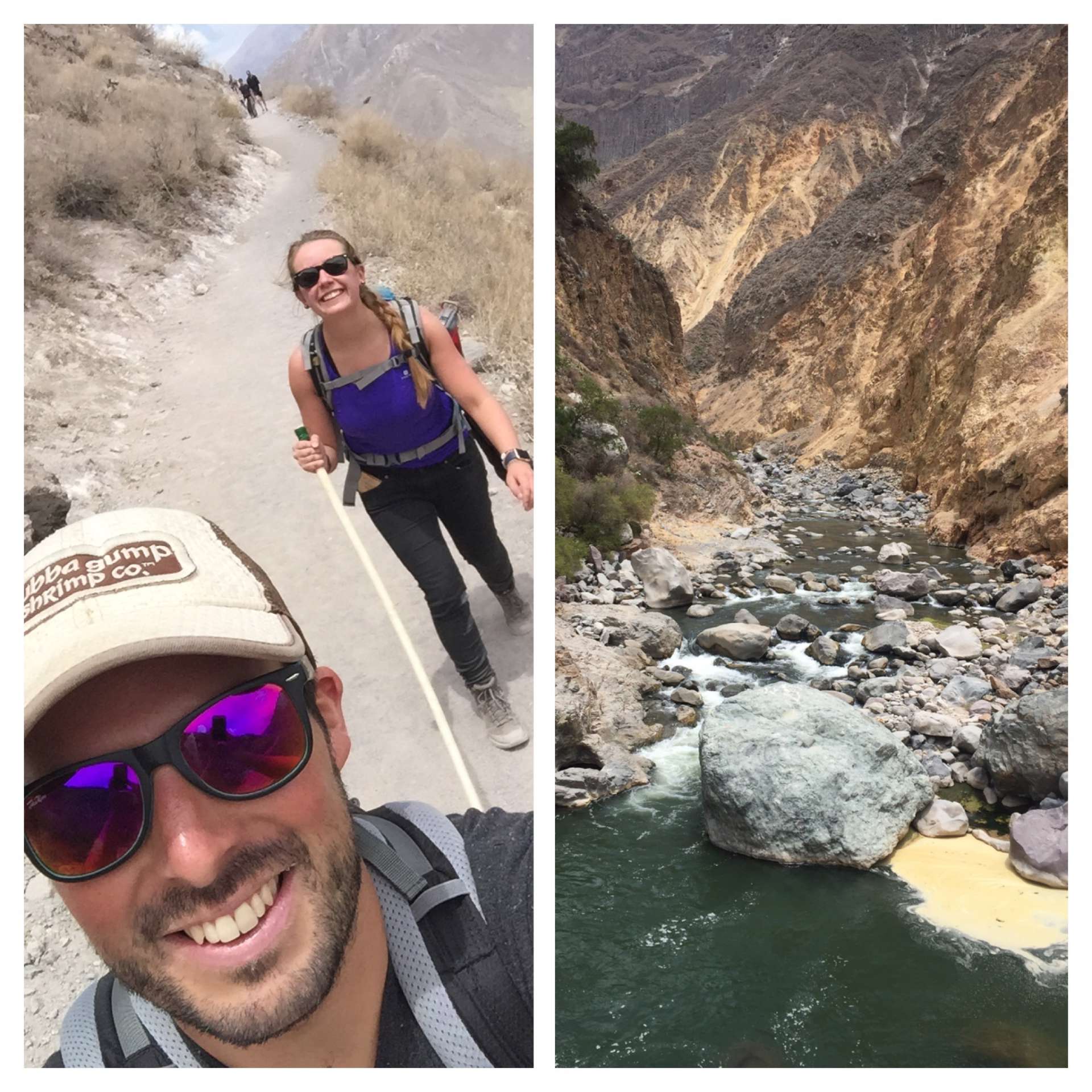
The intervals were still fine. This would change the next day during the ascent.
Once we reached the bottom, we set off for San Juan de Chuccho, where lunch was waiting for us. Afterward, we had an hour to rest before continuing. We continued hiking up and down alternately until we reached our destination around 4 pm after a total of 19 kilometers. As barren as the landscape was at an altitude of 3500 m, the nature at 2180 m was green and rich. Various trees were full of mangoes, avocados, bananas, etc. The place where we spent the night was called 'Oasis Sangalle'.

A pool was available to us. After the exertions, we first made use of it, even though the water wasn't the cleanest.
The accommodation was very basic. Eva and I shared a room with the Swedish couple. The beds were very comfortable, but there was only electricity and light in the dining room. As the darkness set in at 6 pm, it was not the easiest, but also not a dramatic situation.
We had dinner at 7 pm, and by 9 pm, everyone was already in bed. But that was good because the alarm clock was set to ring early again.
We started the 4-kilometer ascent from 2180 m to 3287 m at 5:00 am. So, an increase of over 1100 meters in altitude.
There were no places to rest on flat sections. 4 kilometers, full of rocks, debris, and various types of rocks.
Actually, I thought the half marathon in Breda was the most strenuous thing in 2016. I was wrong!
I still had 2 liters of water left, and I needed every last drop. Finally, at 7:10 am, I arrived at the viewpoint completely exhausted. The fastest had already been waiting for 20-30 minutes. According to the guide, 3 hours is absolutely okay. And of course, Eva was able to beat that time as well.
As mentioned before, some people had difficulty with such an ascent and overcoming 1200 meters of elevation gain. The air is definitely getting thinner and thinner.
About 1.5 hours after we started, the 'sweep vehicle' started in the valley. Of course, not a vehicle, but a herd of donkeys, which picks up people who are unable to complete the hike and have underestimated it. Two people from our group got caught.
In any case, it was a tough piece of work!
When we reached the top, a spectacular sight awaited me. Due to the good weather, I could see the 5976 m high volcano 'Sabancaya' as it was spewing out a huge cloud. When Eva arrived, it did it a second time. A 'small' fireworks display as a reward ;-)
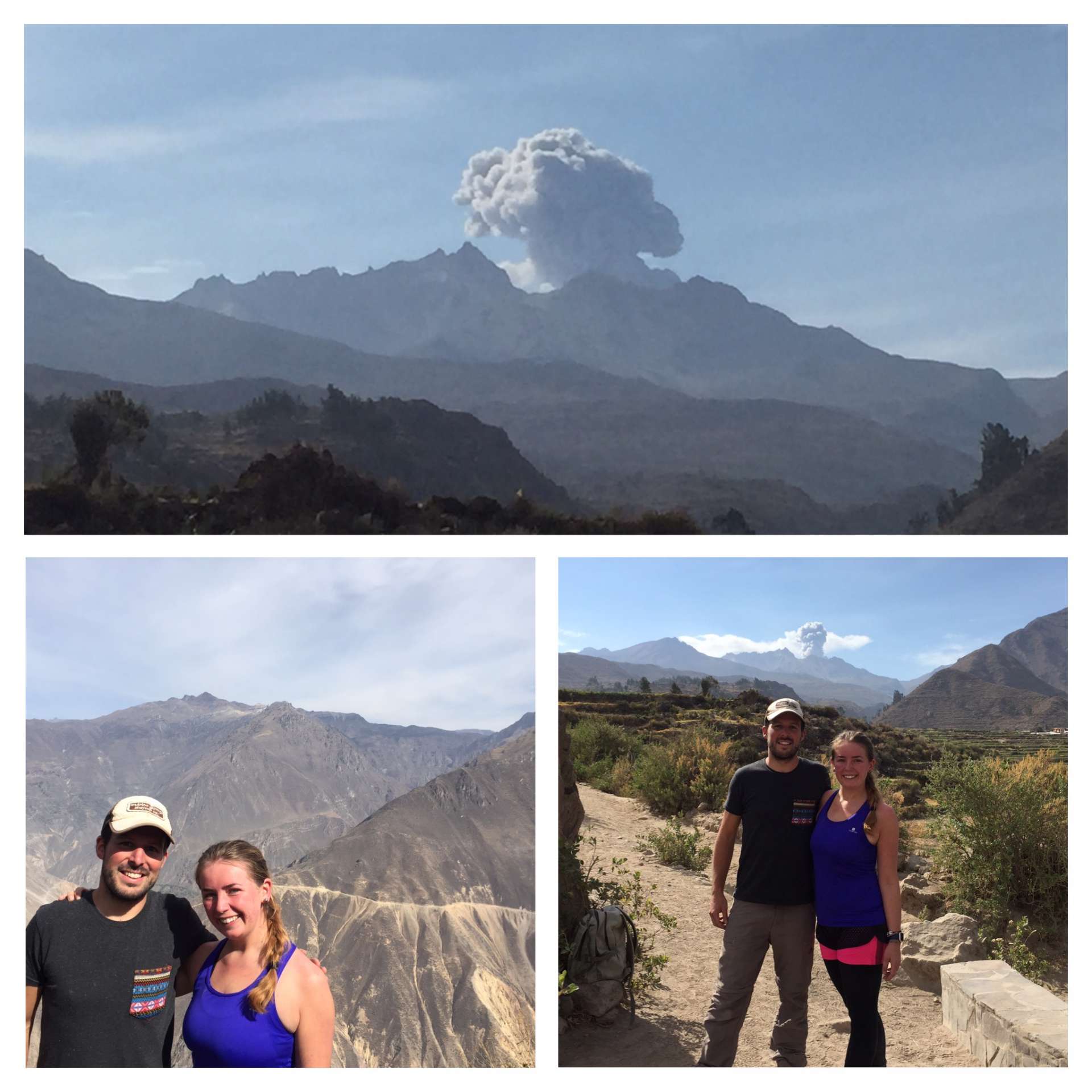
The volcano is the middle one of the three volcanoes located side by side. The other two, 'Hualca Hualca' and 'Ampato', are higher at 6025 m and 6288 m, respectively.
We hiked for another 20 minutes until we reached the town of Cabanaconde, where we had a hearty breakfast and rested a bit more.
Then we visited a sales stand, which provided us with another great view.
Here, among other things, fresh 'Jugo de Sancayo' was available for purchase. This means juice of the cactus fruit. Super delicious!
In addition, elderly women with llamas and alpacas were present. You could take pictures with the animals here, of course only for a tip.
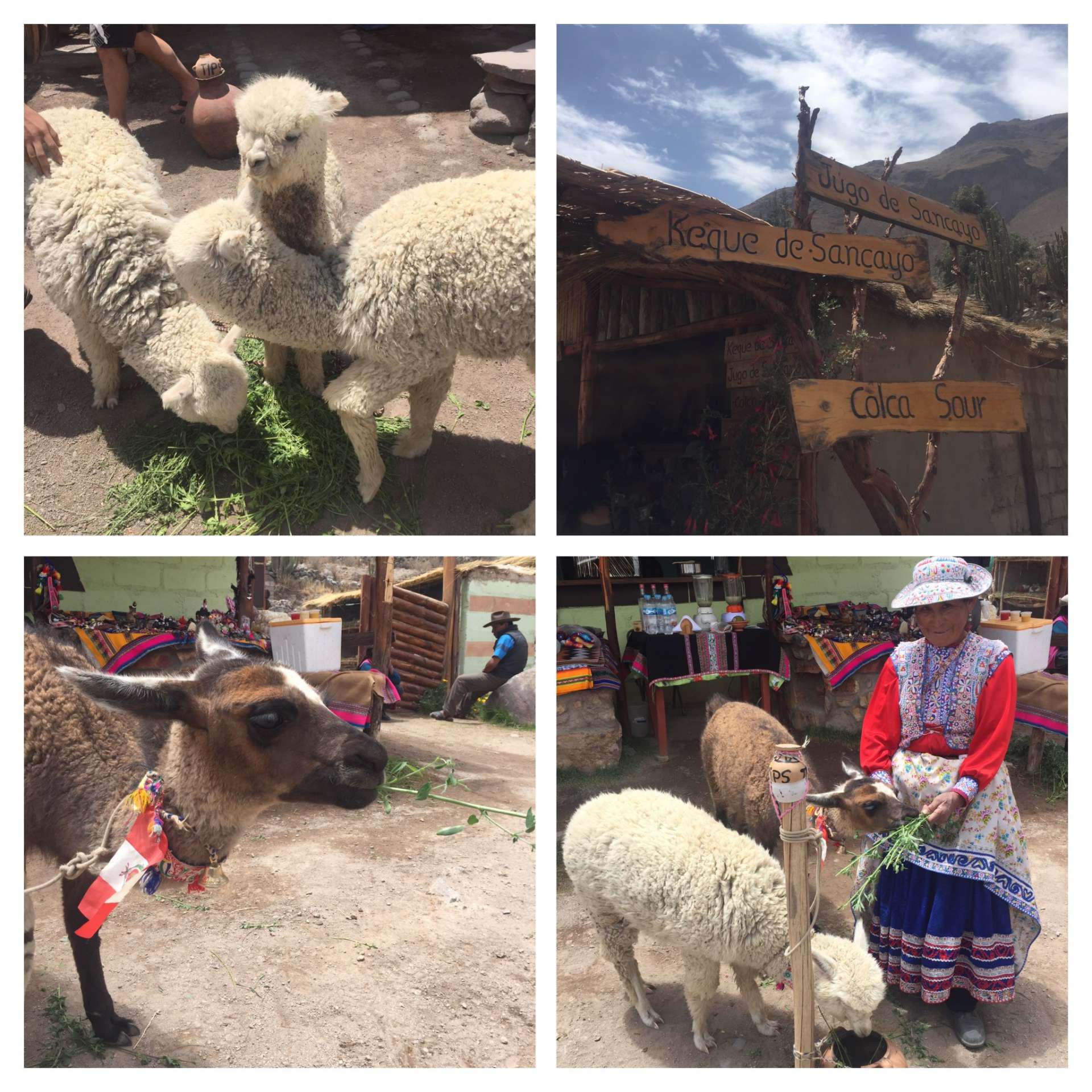
Afterwards, we visited a valley where we visited hot springs and had plenty of time to relax and let the hot springs work on our tired bodies! Very relaxing.
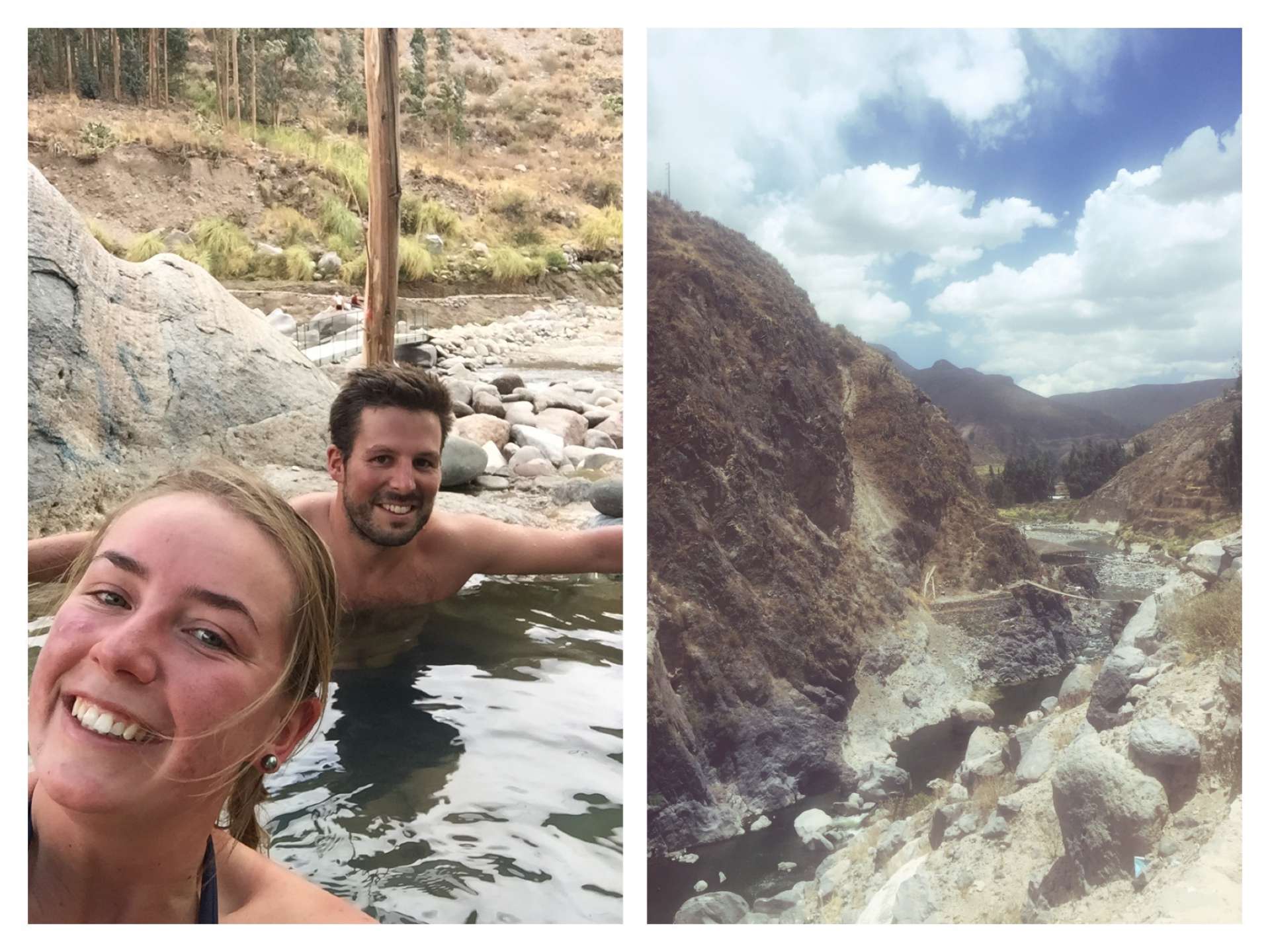
After this, the tour ended for Eva and me. The rest of the group returned to Arequipa and stopped at various places on the way back.
We were dropped off in Chivay and waited there for a short time for our bus!
We had decided to go directly to Puno. The travel time from Chivay and Arequipa to Puno is 6 hours each. So, why drive an additional 3-4 hours back!?
Our bus also made stops at various places, including a lake at an altitude of 4444 m - the 'Lago Lagunillas'.
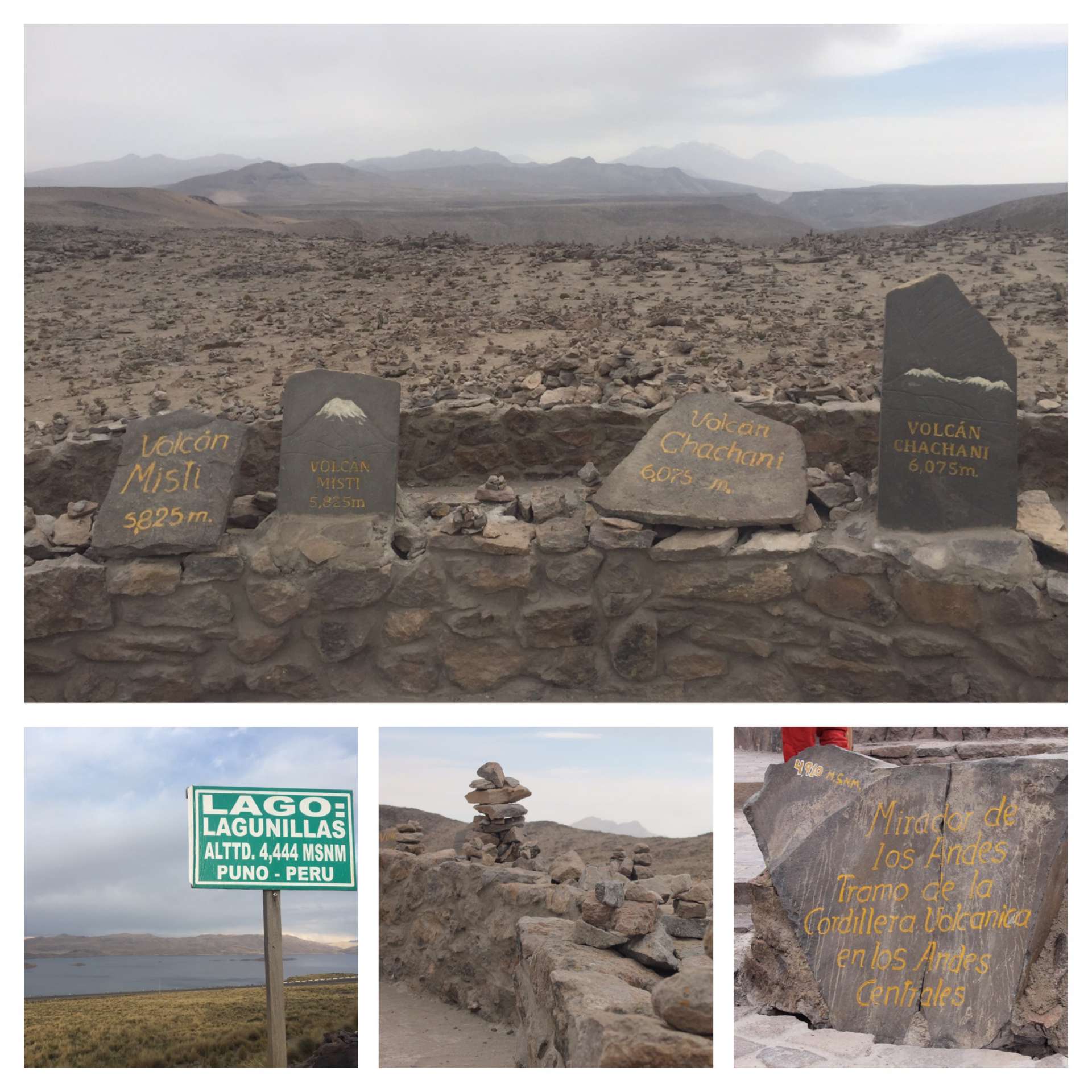
Furthermore, at the highest point of this bus ride at 4910 m. The 'Mirador de los Andes' was also the highest point I reached on my trip.
From here, there was a good view of the volcanoes 'Misti' and 'Chachani', which I mentioned earlier.
In Puno, we only wanted to visit the reed islands 'Uros' of the indigenous people.
On the evening of our arrival, however, I had to try alpaca meat first. Several people had recommended it to me. And it was absolutely amazing. Somehow a mixture of game and beef. Super delicious, and probably not the last time I eat alpaca.
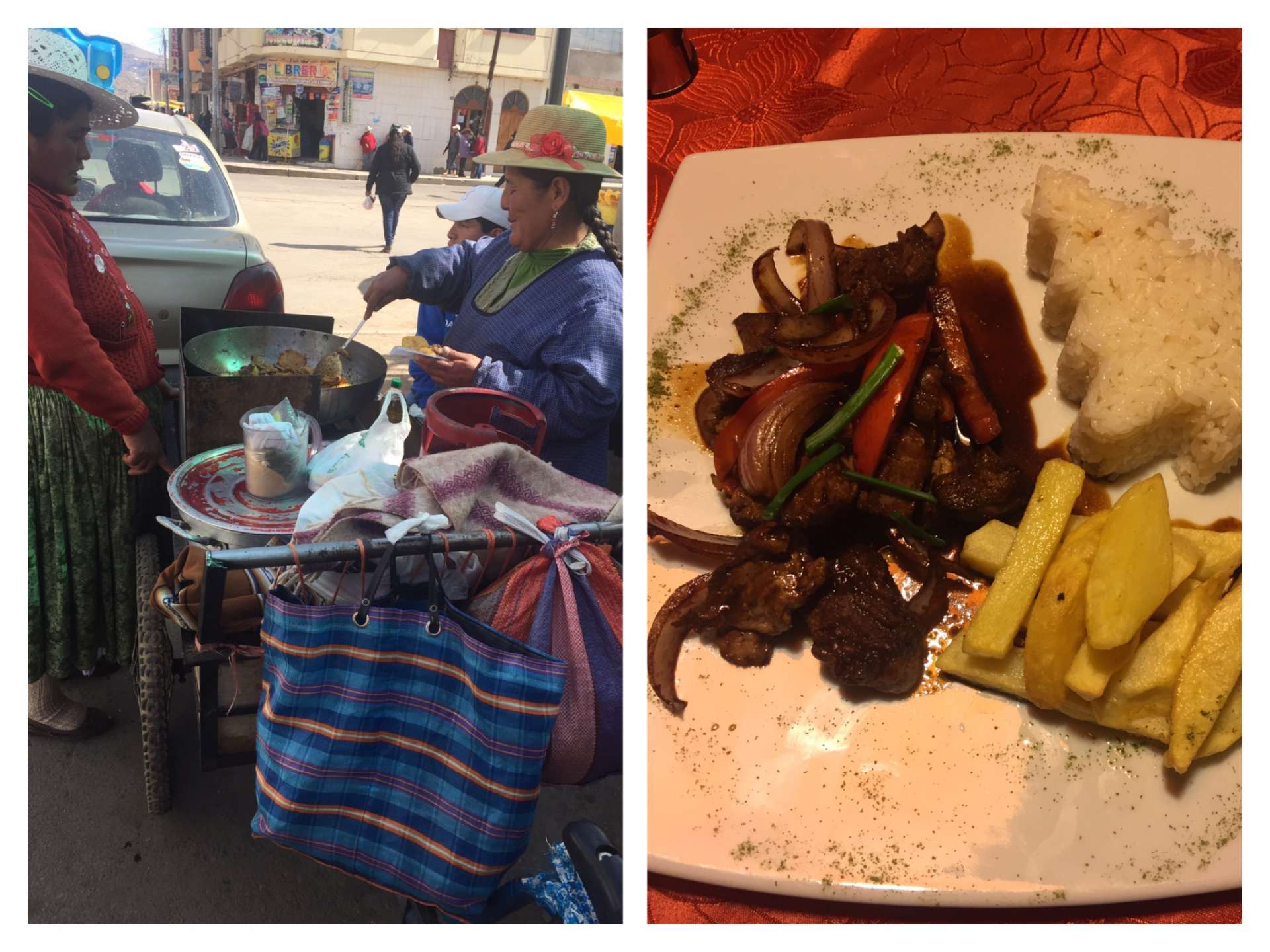
The next day, at lunchtime, we made our way to the harbor to get to the reed islands. We booked a boat for 15 SOL. In addition, there was an entrance fee of 10 SOL for the islands.
On board was a group of Peruvian school children. After a 20-minute journey and about 6 km, we reached one of the 49 islands.
A 'local' explained to us how the reed islands and the houses on them are built.
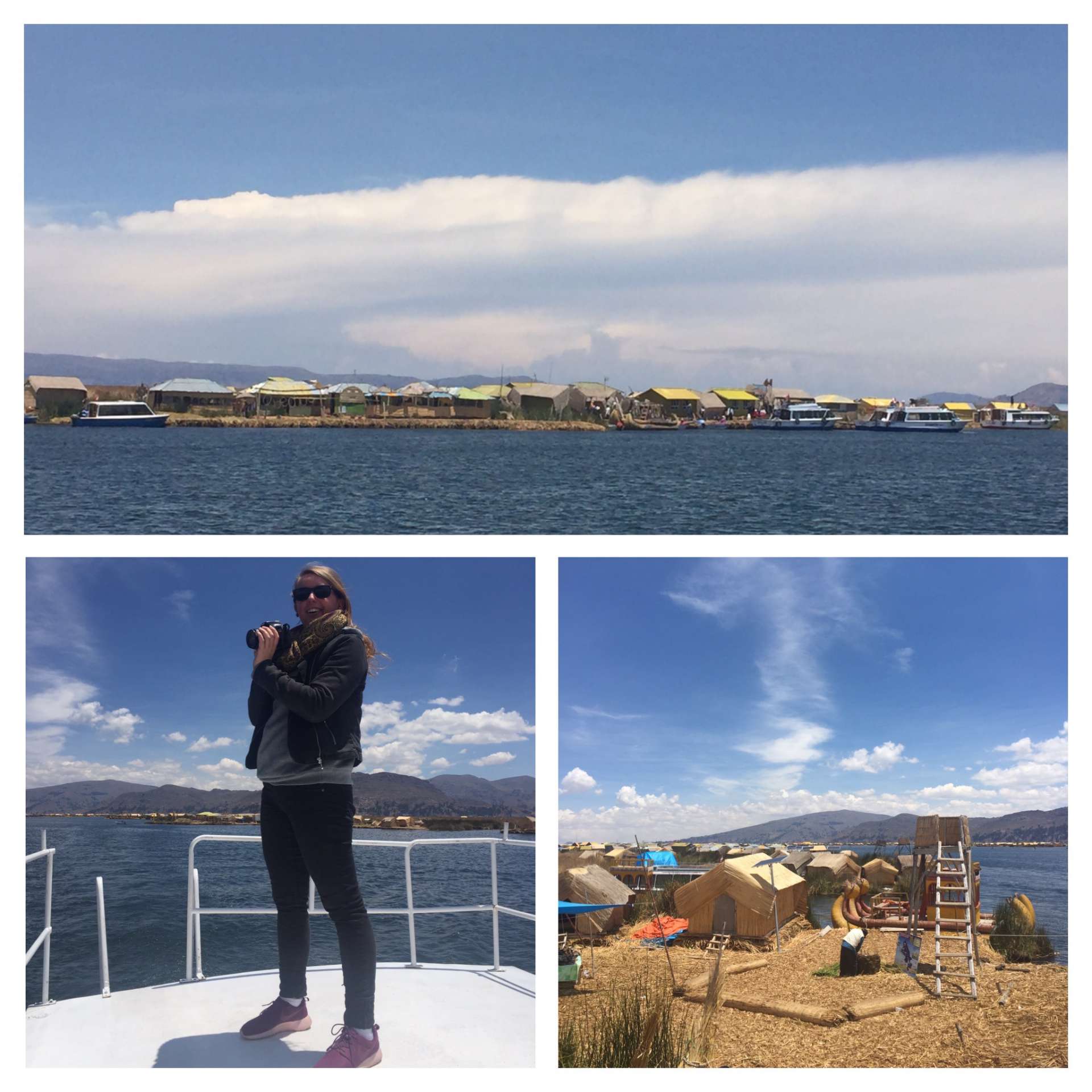
By now, not much of the traditional way of life remains. Each house here is even equipped with a solar panel, which makes sense with the high number of sunny hours. Many of the Uros now live on the mainland.
We didn't see any houses with televisions, but other visitors mentioned them.
After about 1.5 hours, we returned. The trip is also offered as a full-day tour, but we were absolutely fine with spending only a short time there. It was still interesting to learn about the original way of life and to see how the indigenous people live.

The next morning, we continued our journey to Cusco. But this time, not by plane or bus, but by train - the 'Andean Explorer' belonging to 'Peru Rail'. A train that travels through the Andes and is a bit more luxurious. The price was not quite cheap, but such a journey is also unique.
The train had 4 compartments, one of which was a regular wagon where all passengers sat at 2 or 4 person tables. White tablecloths were a must, as well as table service.
Another compartment that we could walk through was located directly behind it at the end of the train. There was also a bar, comfortable armchairs, and an open area at the back from which you could take great photos.
Only about 25 people were on board in total. However, the compartment was 75% full.
We started at 8 am in Puno. The journey took 10.5 hours.
The first highlight was when we crossed the town of Juliaca. We drove right through a market where some of the goods were located between the tracks and only became visible to us when we left them behind. Children and adults waved at us. Children followed the train as long as possible.

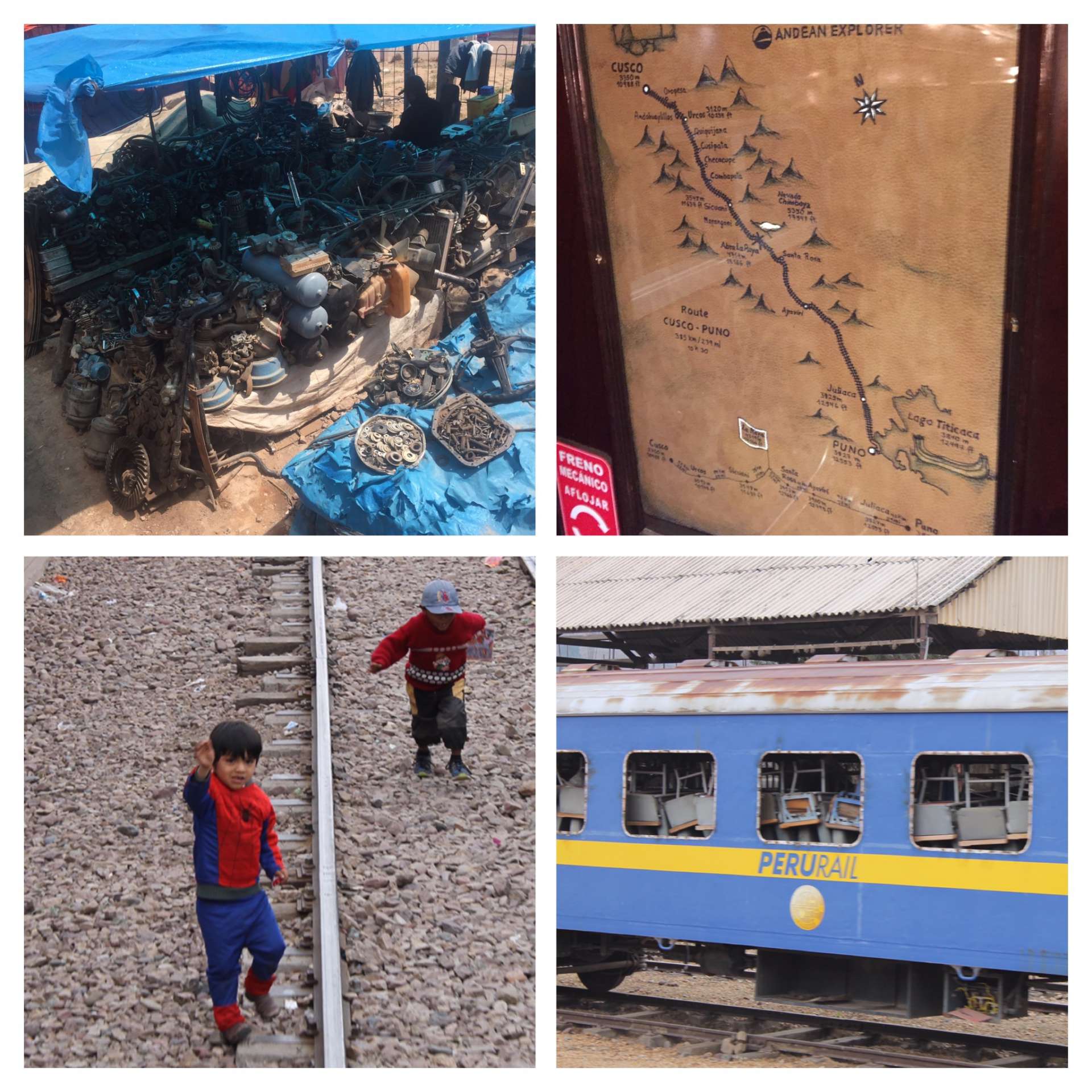
Very few Peruvians were unfriendly. Every now and then, you could hear the word 'gringo'. The meaning is probably clear to everyone.
After passing Juliaca, the landscape became more and more beautiful. We mostly traveled parallel to the 'Rio Urubamba'.

We saw many animals along the way. Cows, sheep, rabbits, llamas, alpacas, vicunas, and many dogs, which are probably more common in South America than anywhere else in the world.
We climbed up to 4359 m. We saw snow-covered mountains again.
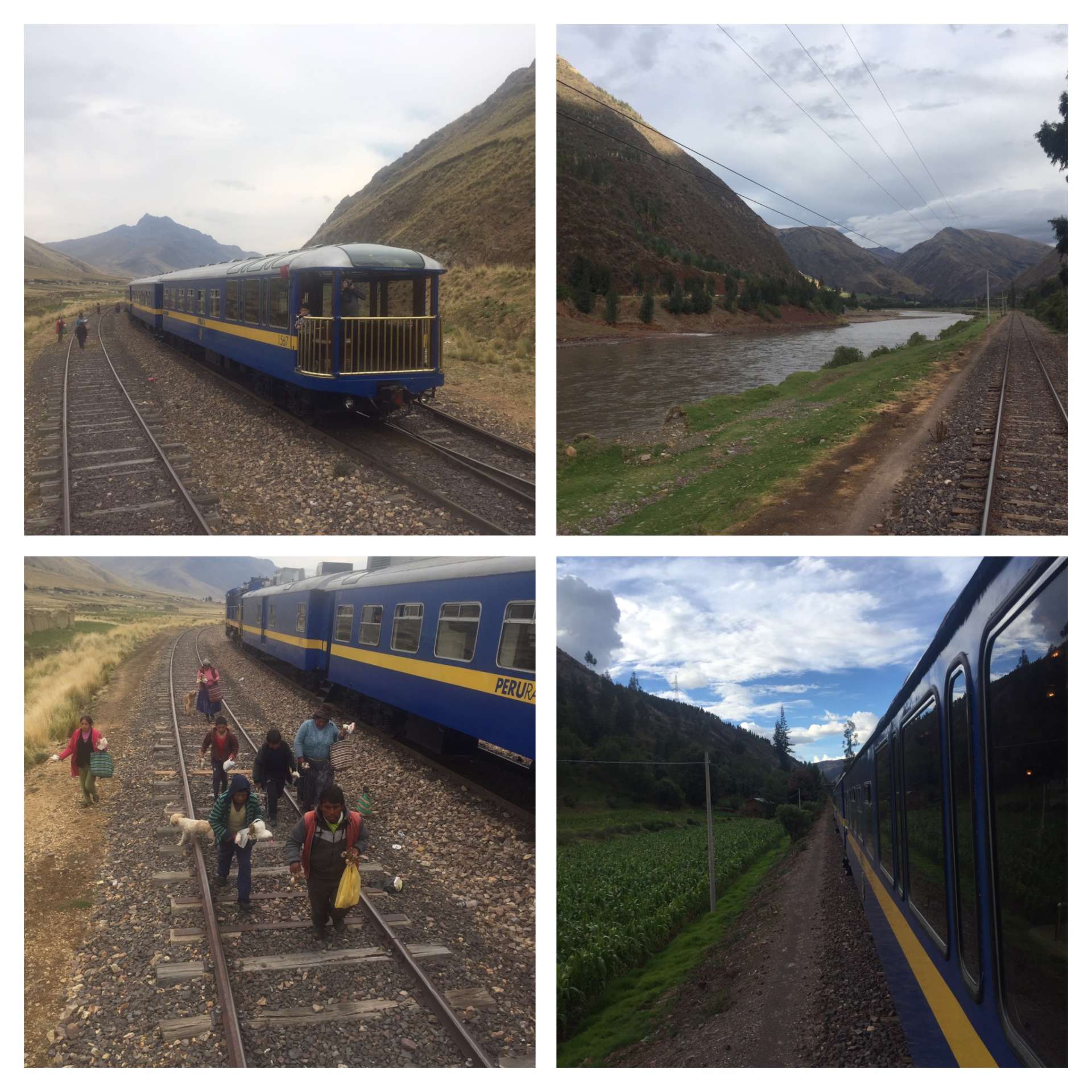
There was a great spread of food on the train. The lunch was very extensive, and coca tea, coffee, and numerous snacks were served repeatedly. In addition, there was a performance by a local band, including a dancer.
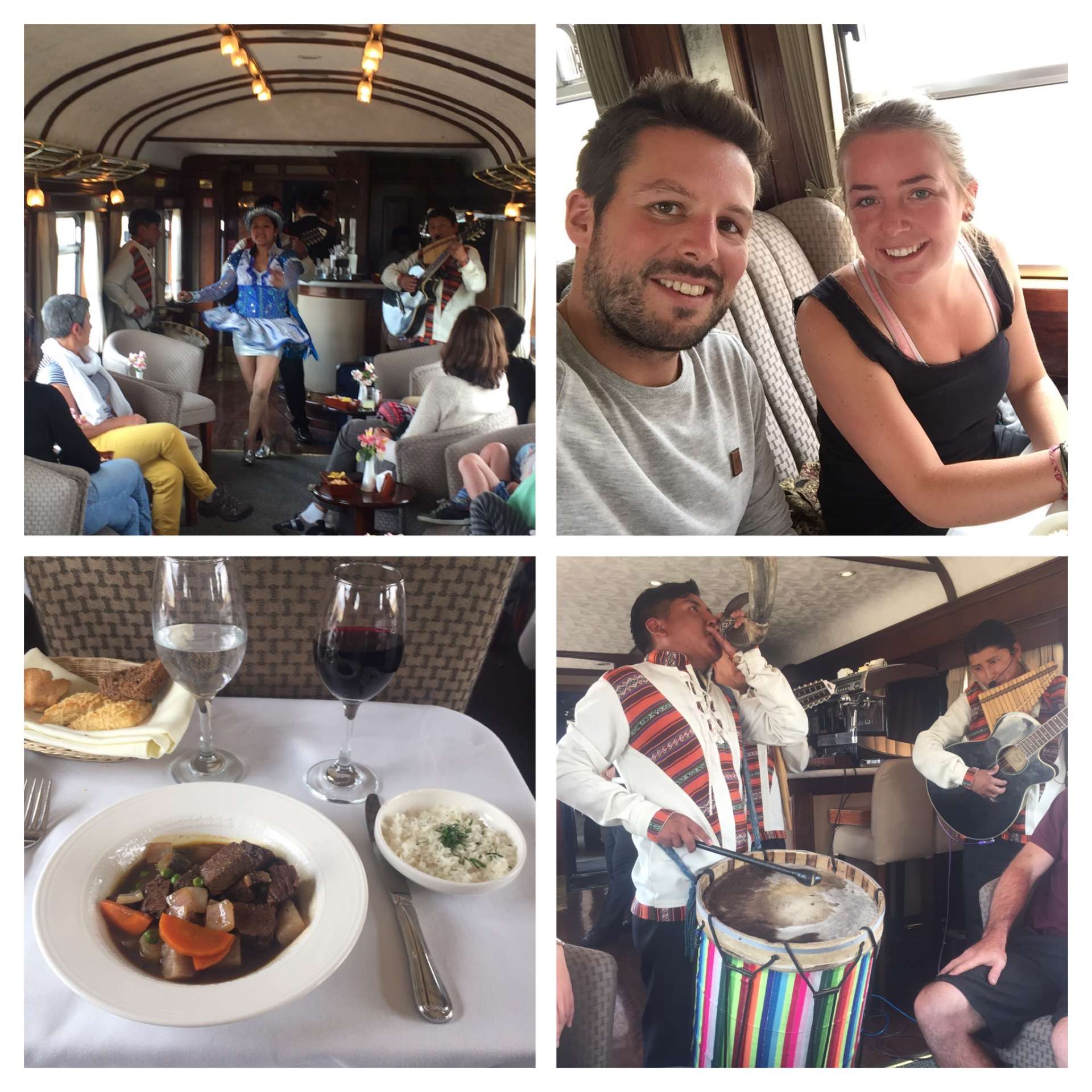
With my more comfortable fabric pants, which I prefer to wear during a bus ride or a flight, I felt a bit underdressed. :D
The journey was definitely worth it, even though it was, of course, an exception to indulge in luxury on my trip.

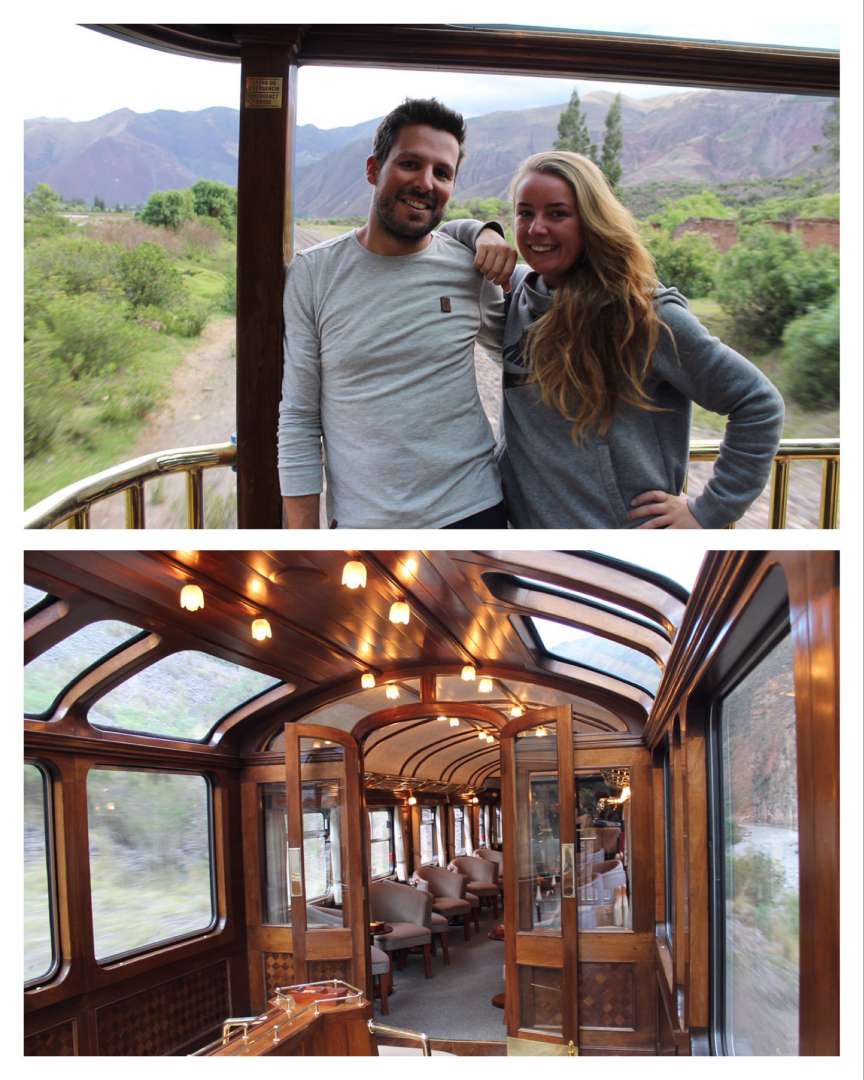
We reached Cusco in the dark, and we were back to backpacker life! We ended the evening at the hostel with an Italian couple we had met on the train.
The next day, we explored the beautiful former capital of the Incas and also stocked up on the abundance of goods made from alpaca wool. I could stroll through the markets for hours, even though I am not a big shopper.
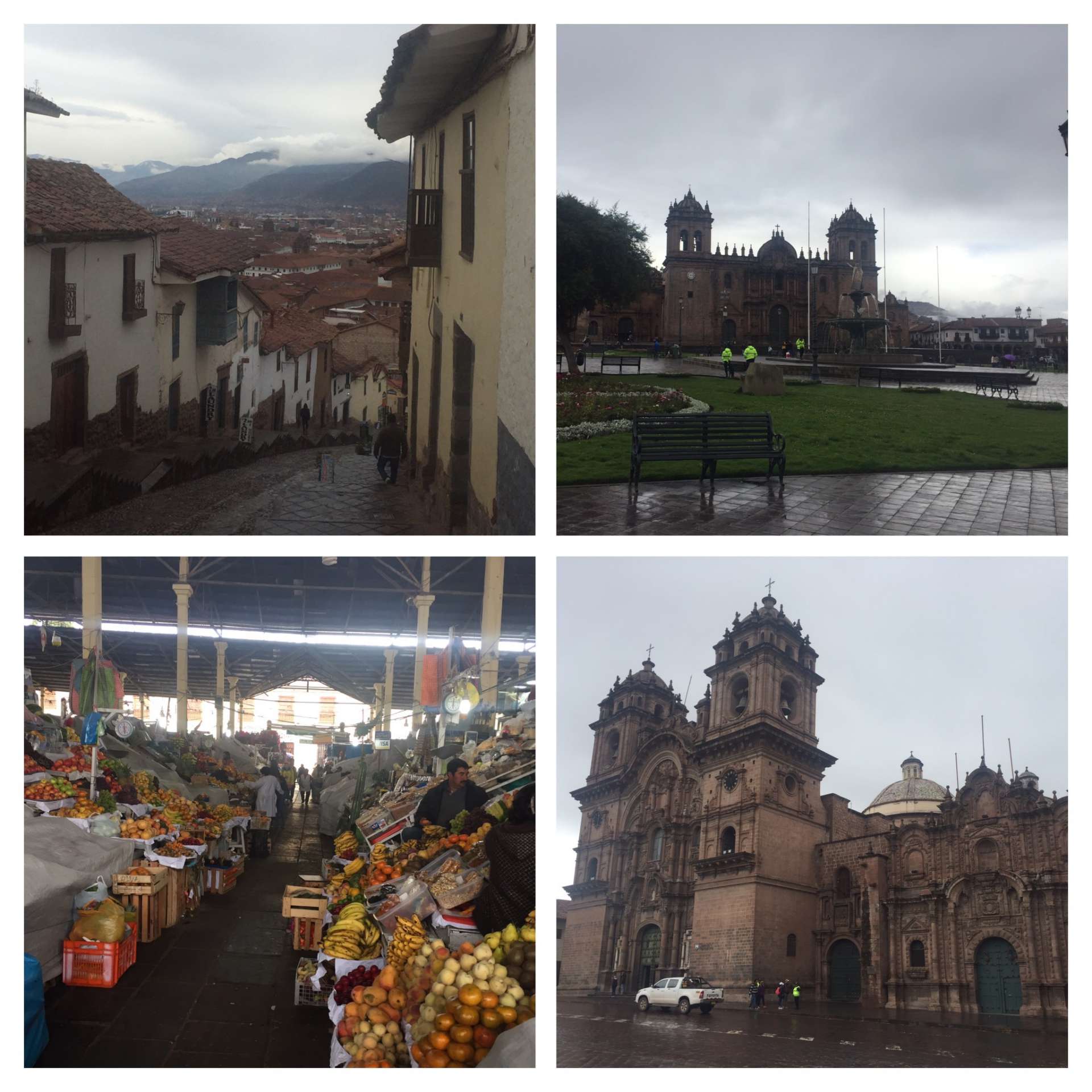
The city has about 300,000 inhabitants and is a UNESCO World Heritage site. Many tourists, backpackers, and Peruvians start their journeys to Machu Picchu here.
In the evening, a 'briefing' for our upcoming 4-day Inca Trail tour to Machu Picchu took place before going to bed early.
Abbonate à Newsletter
Rispondi
